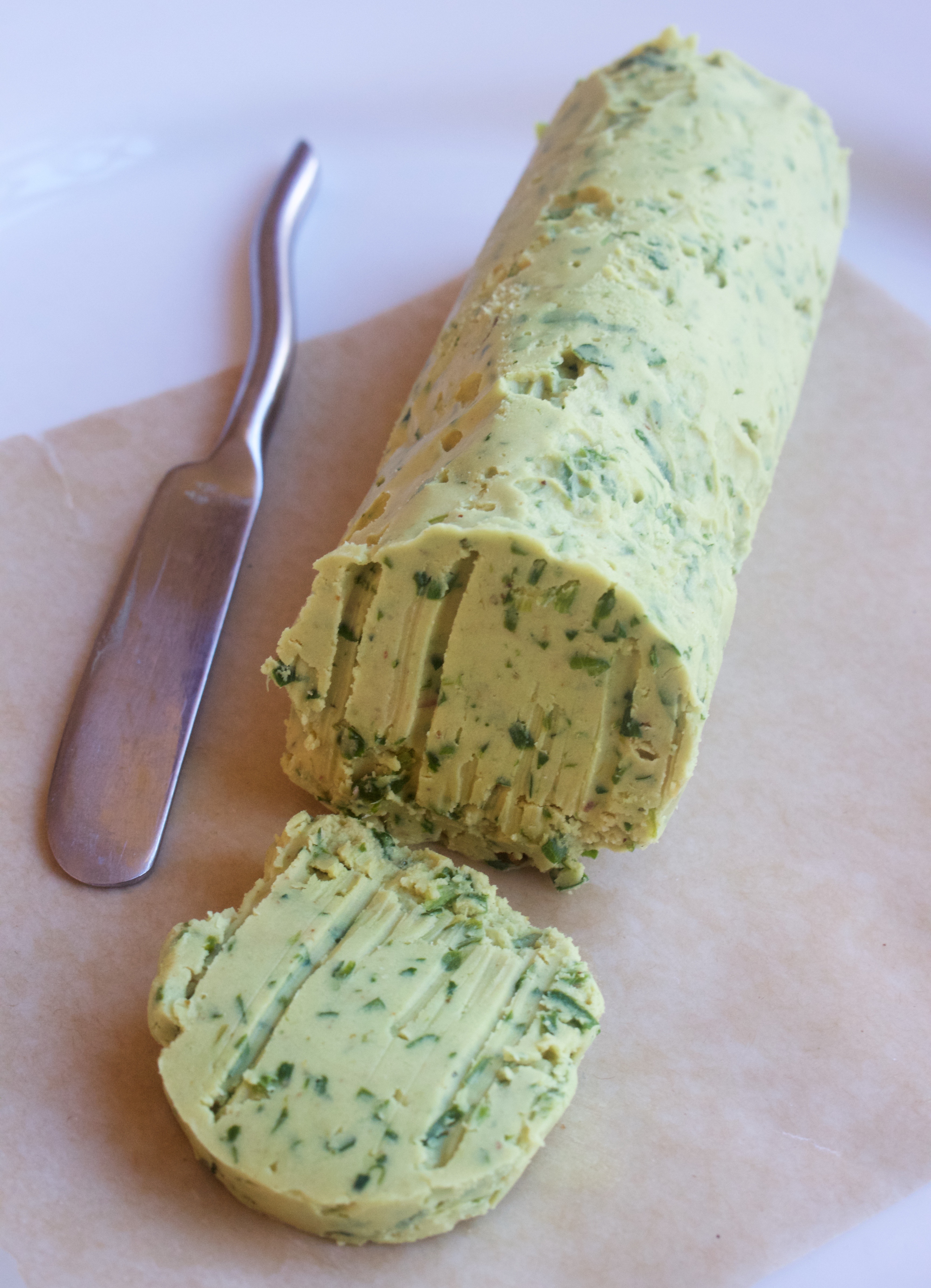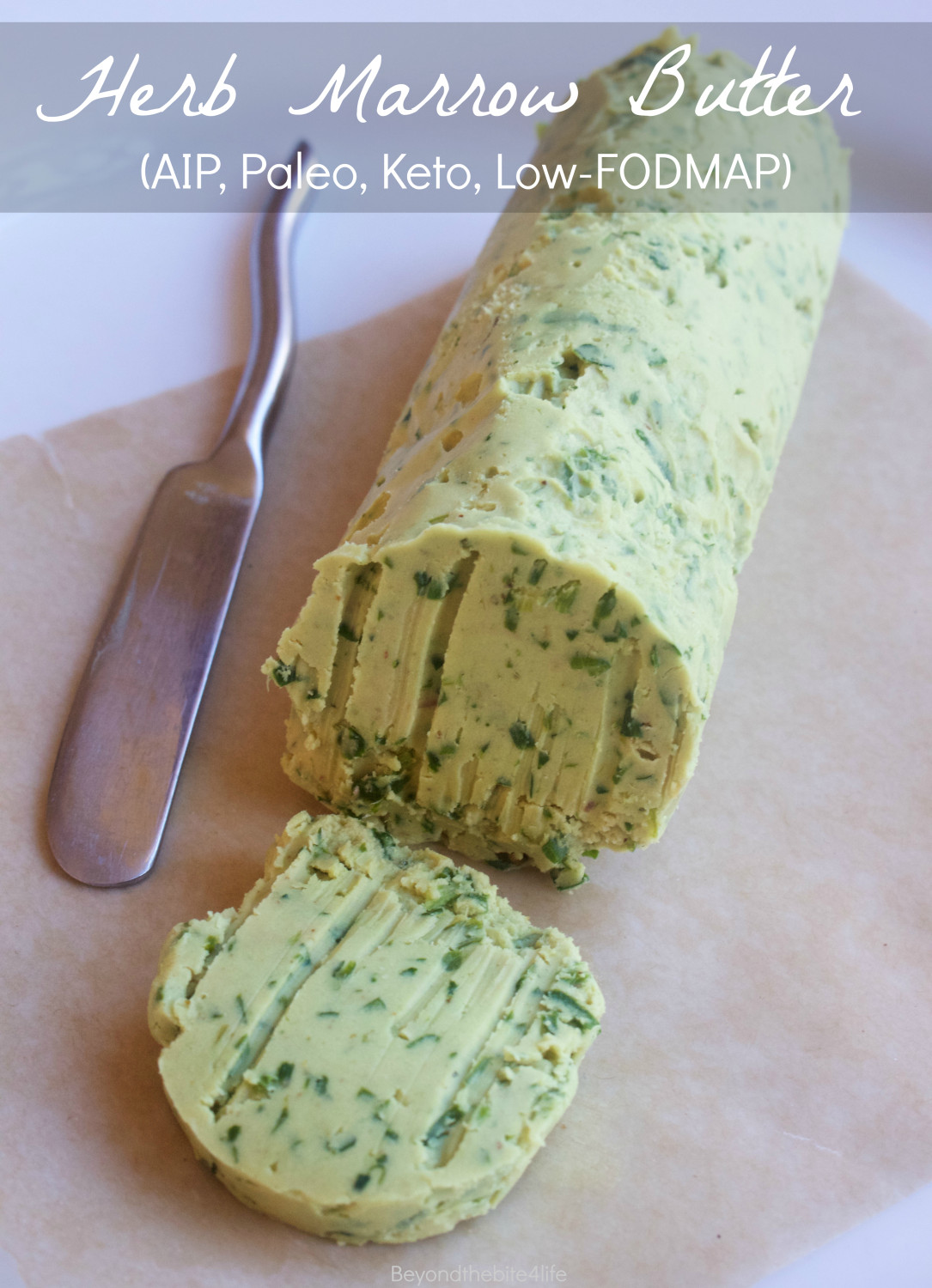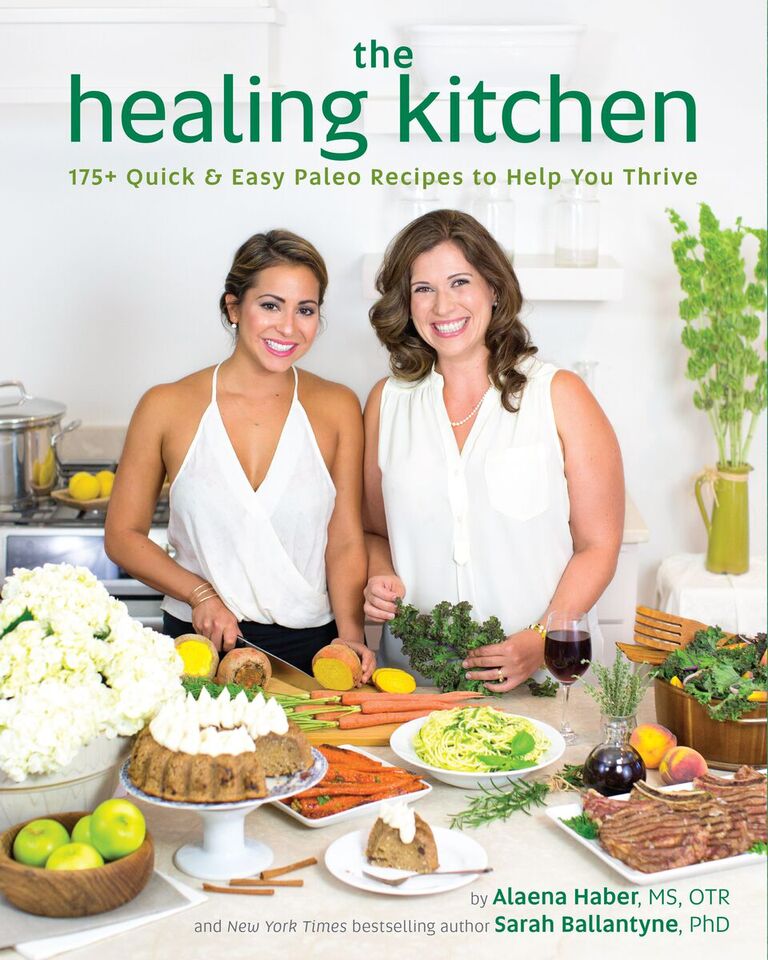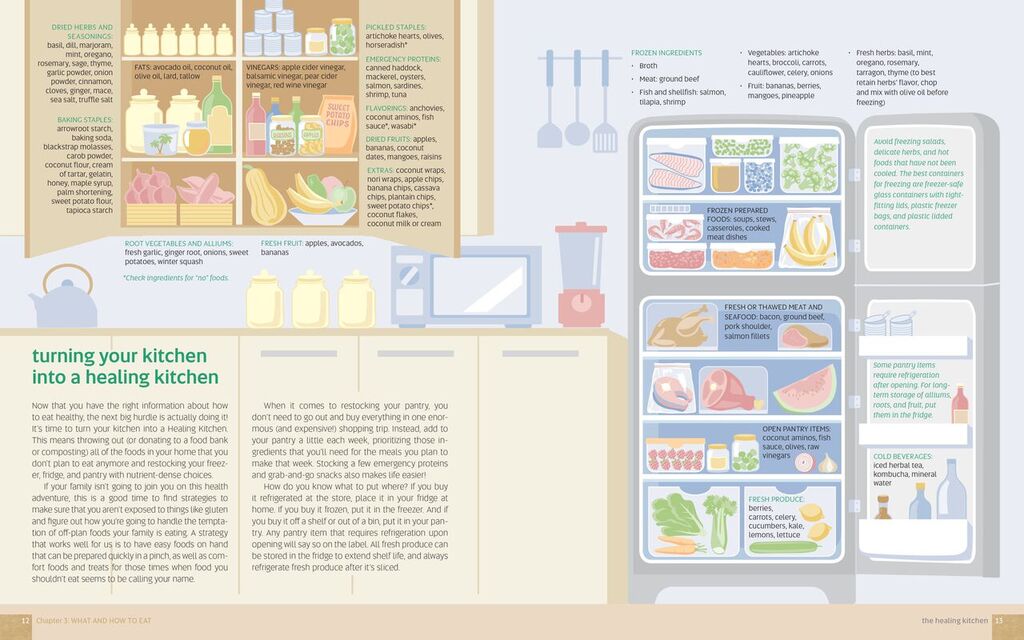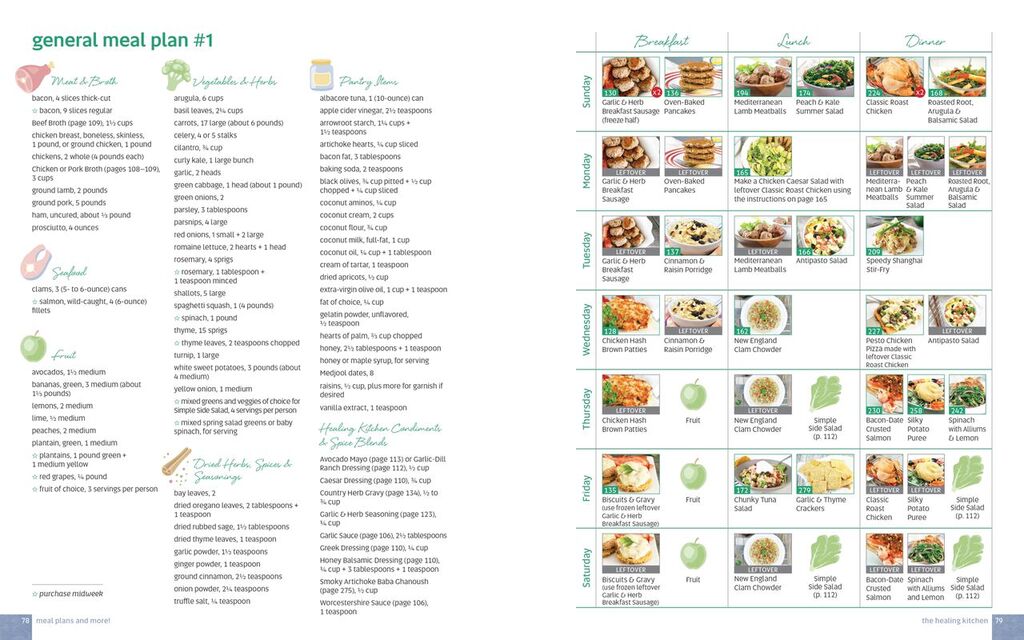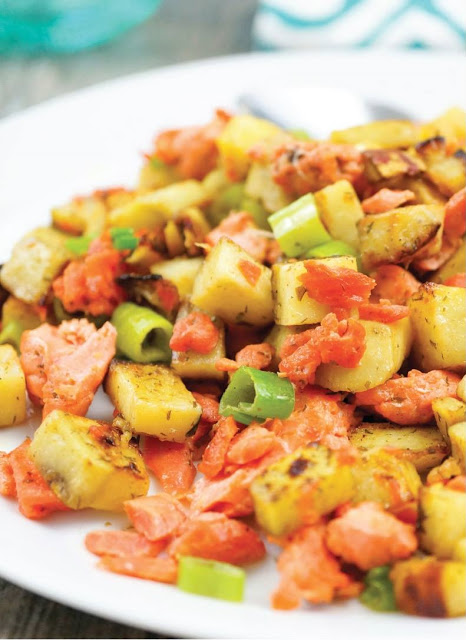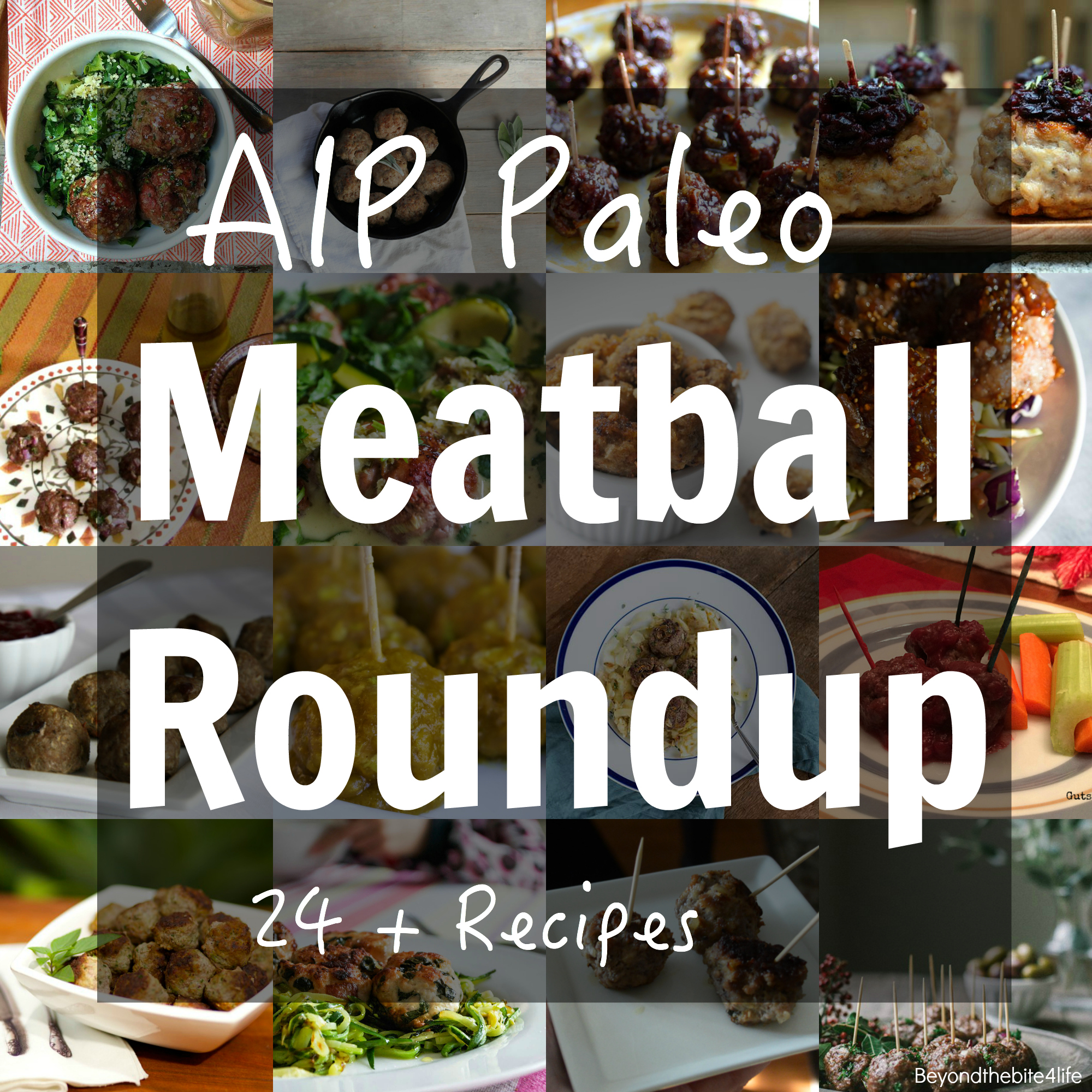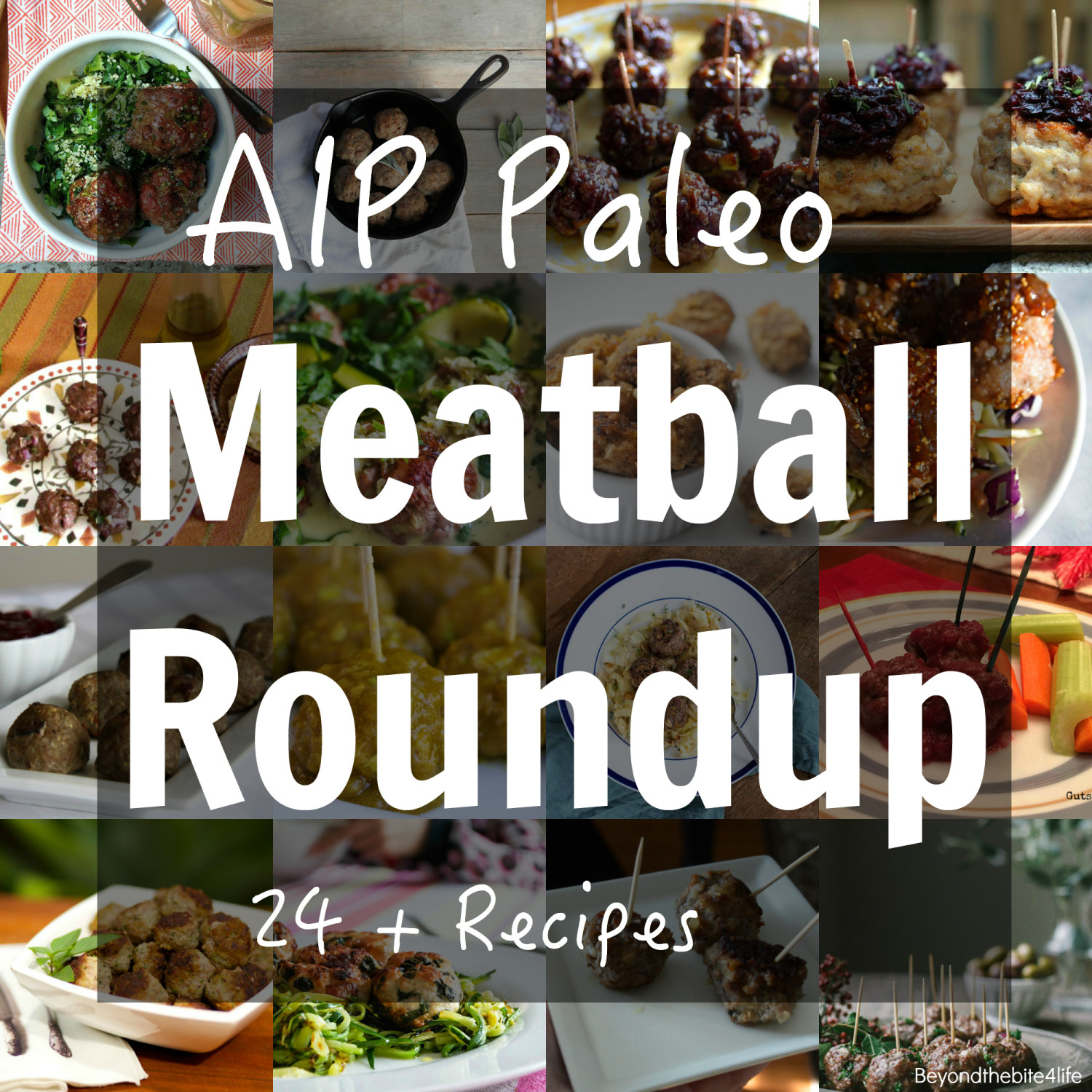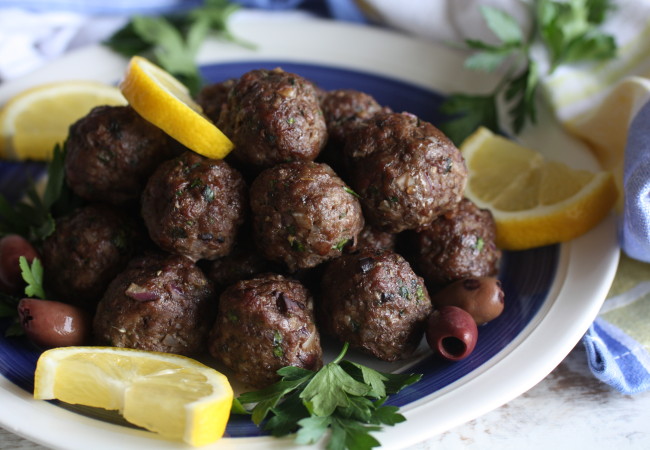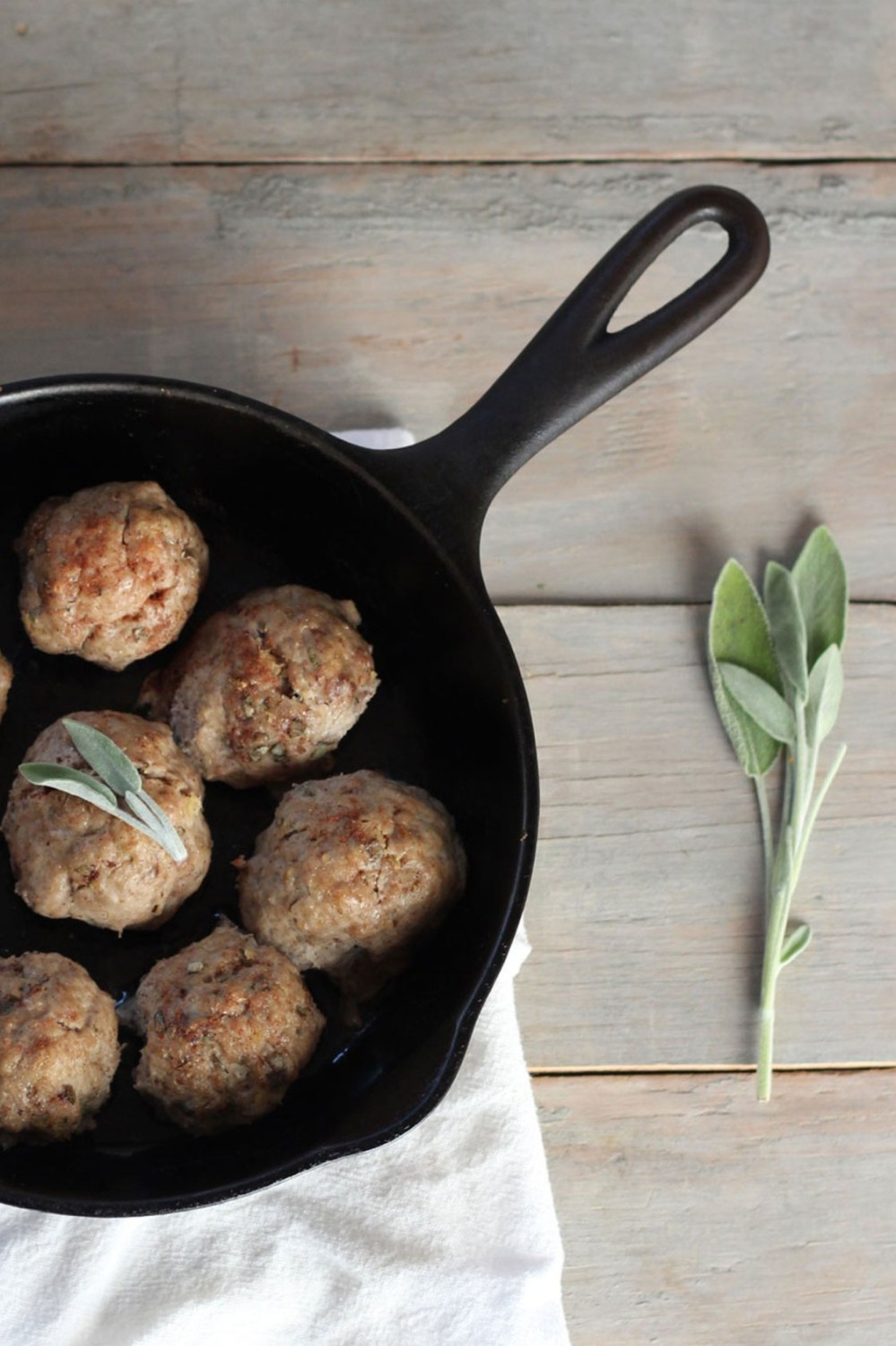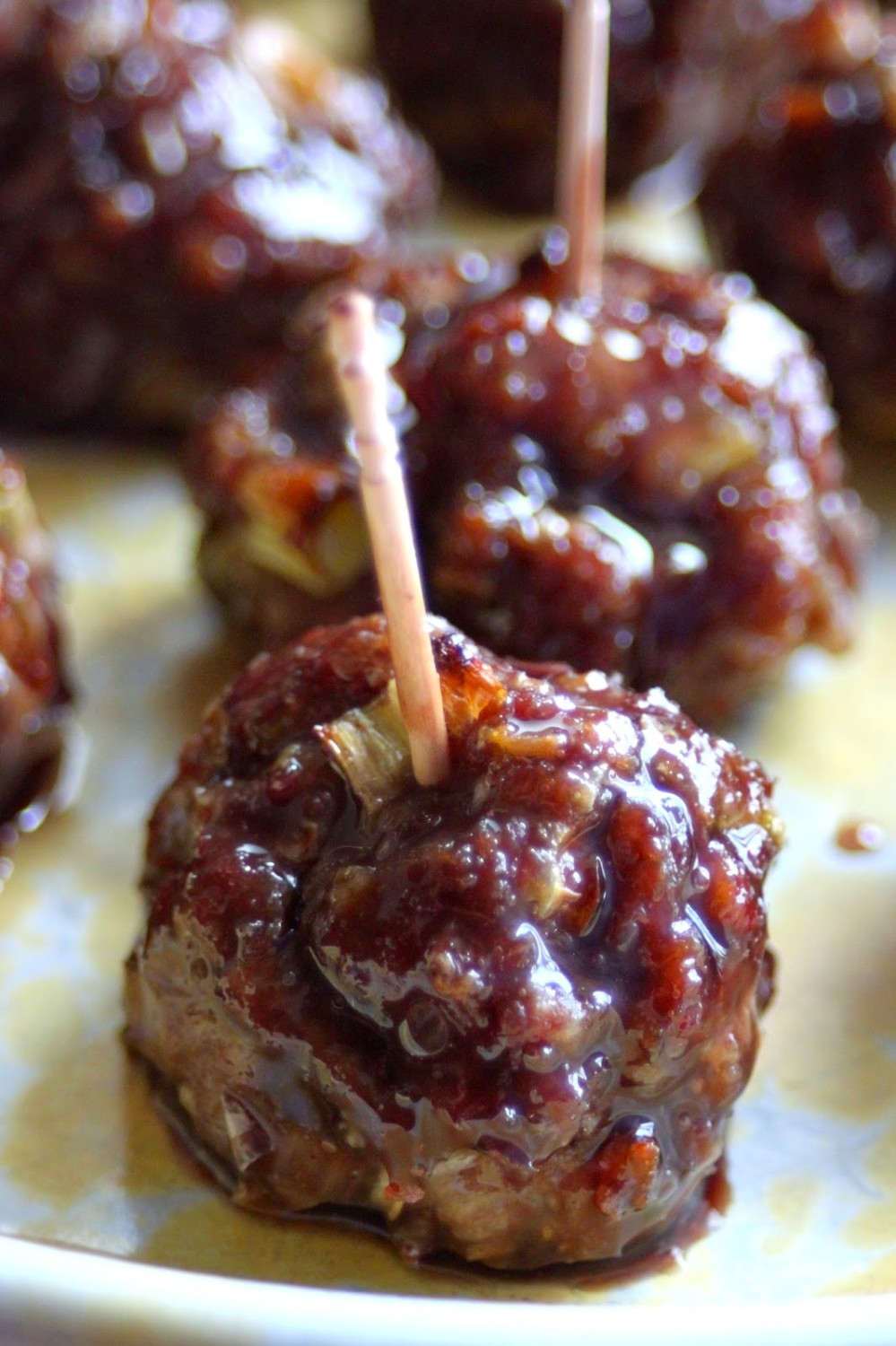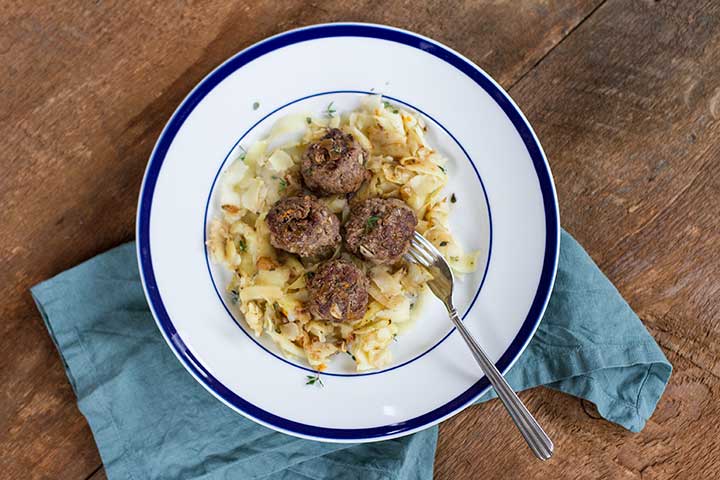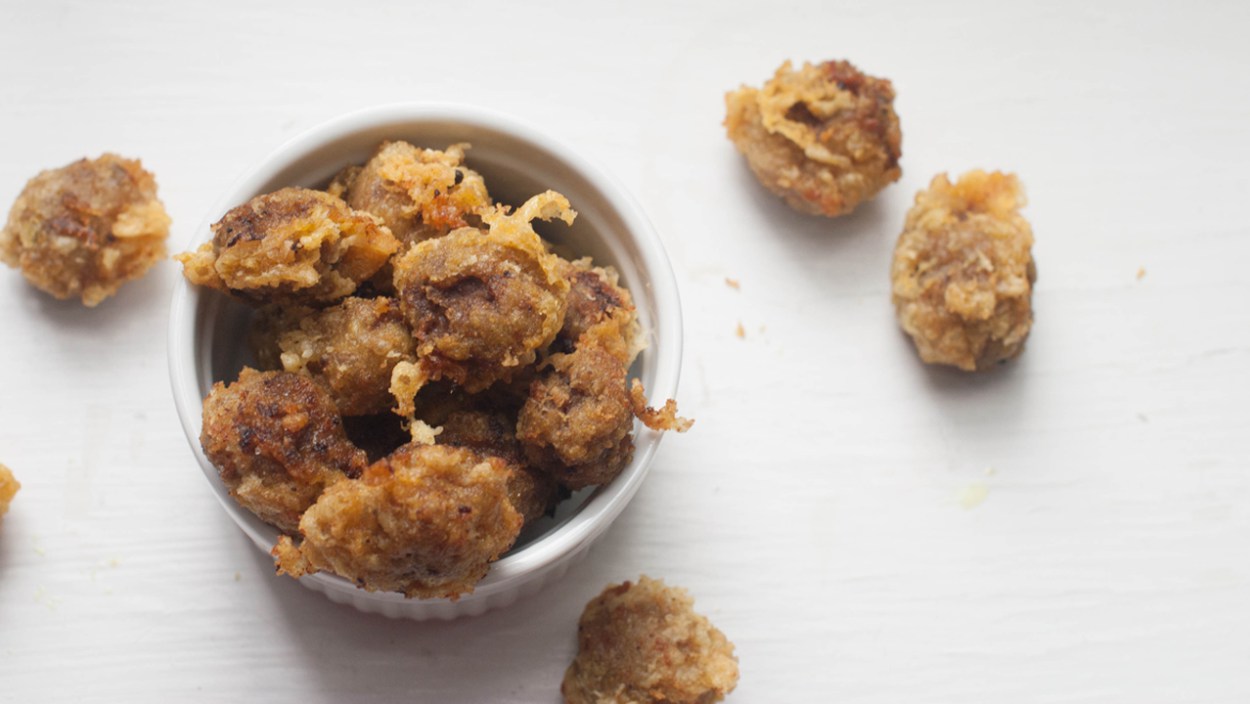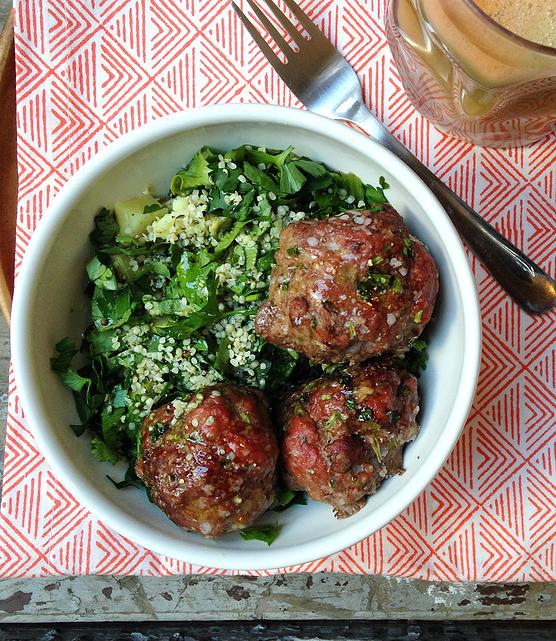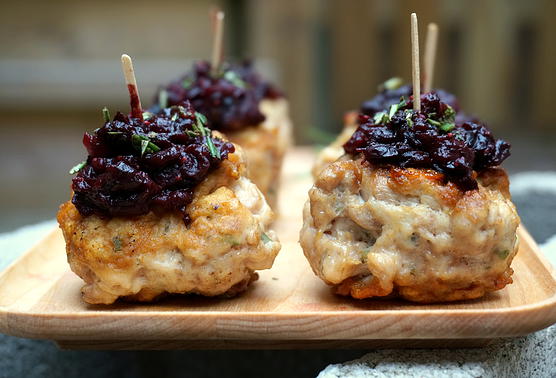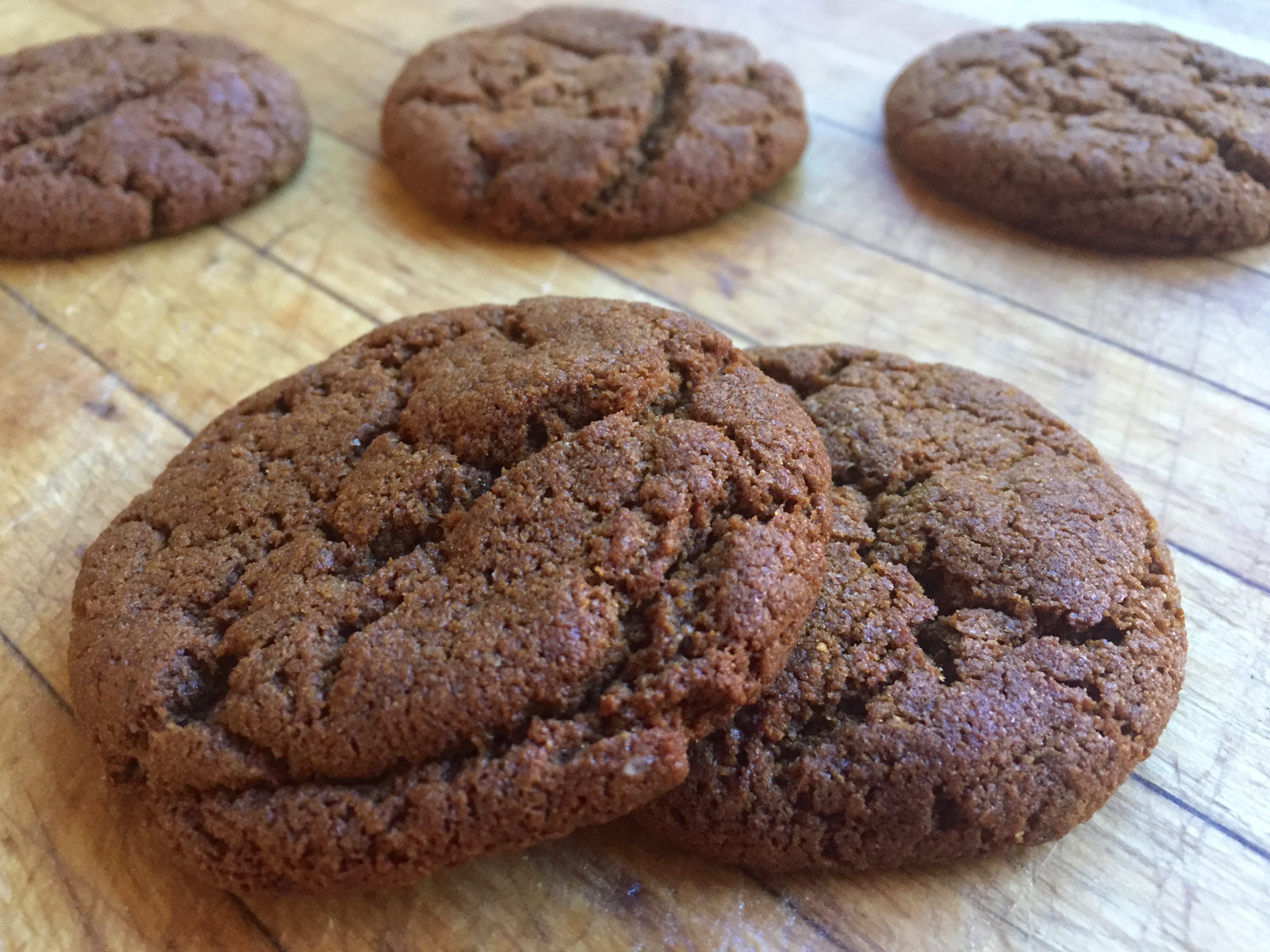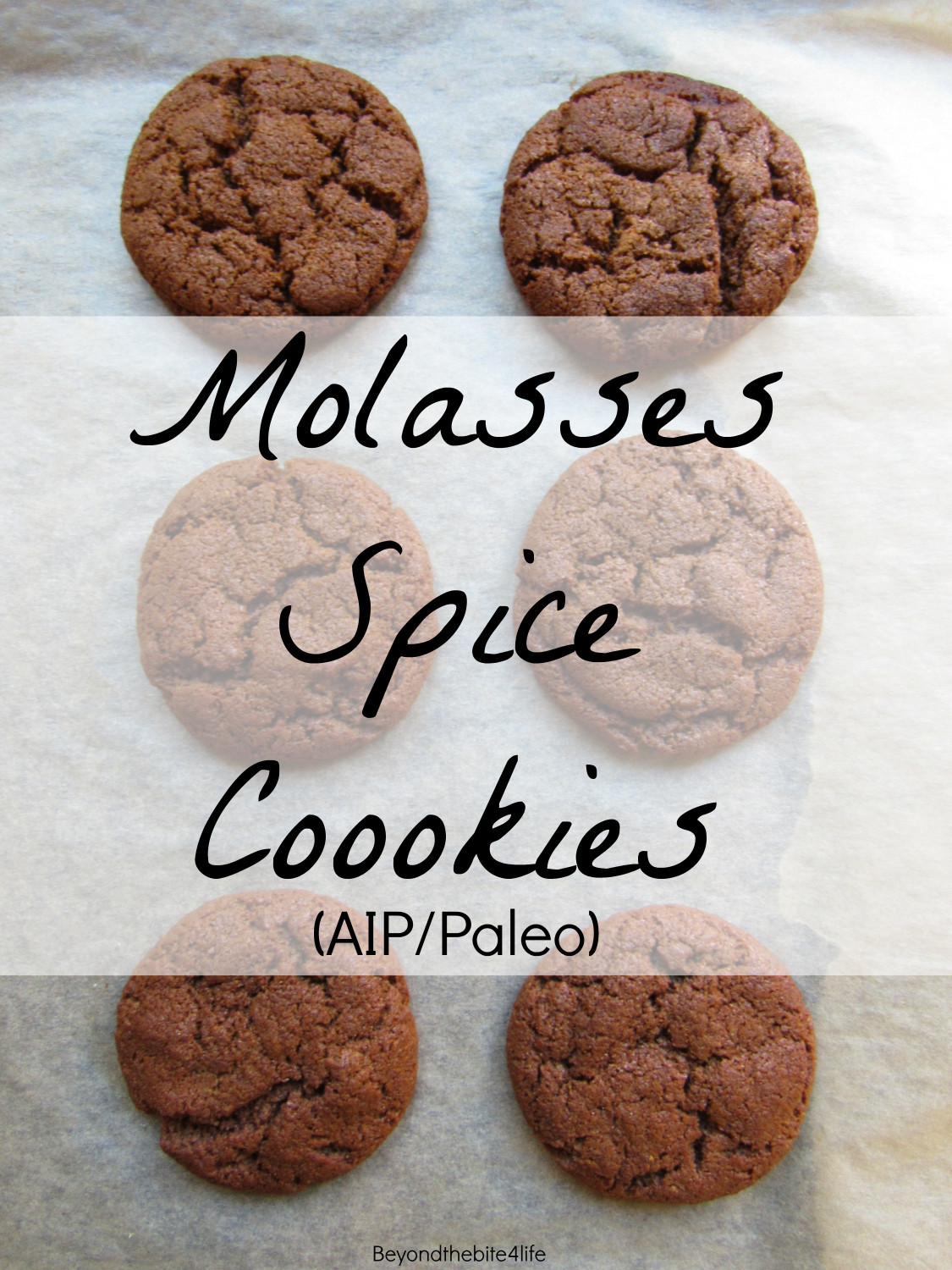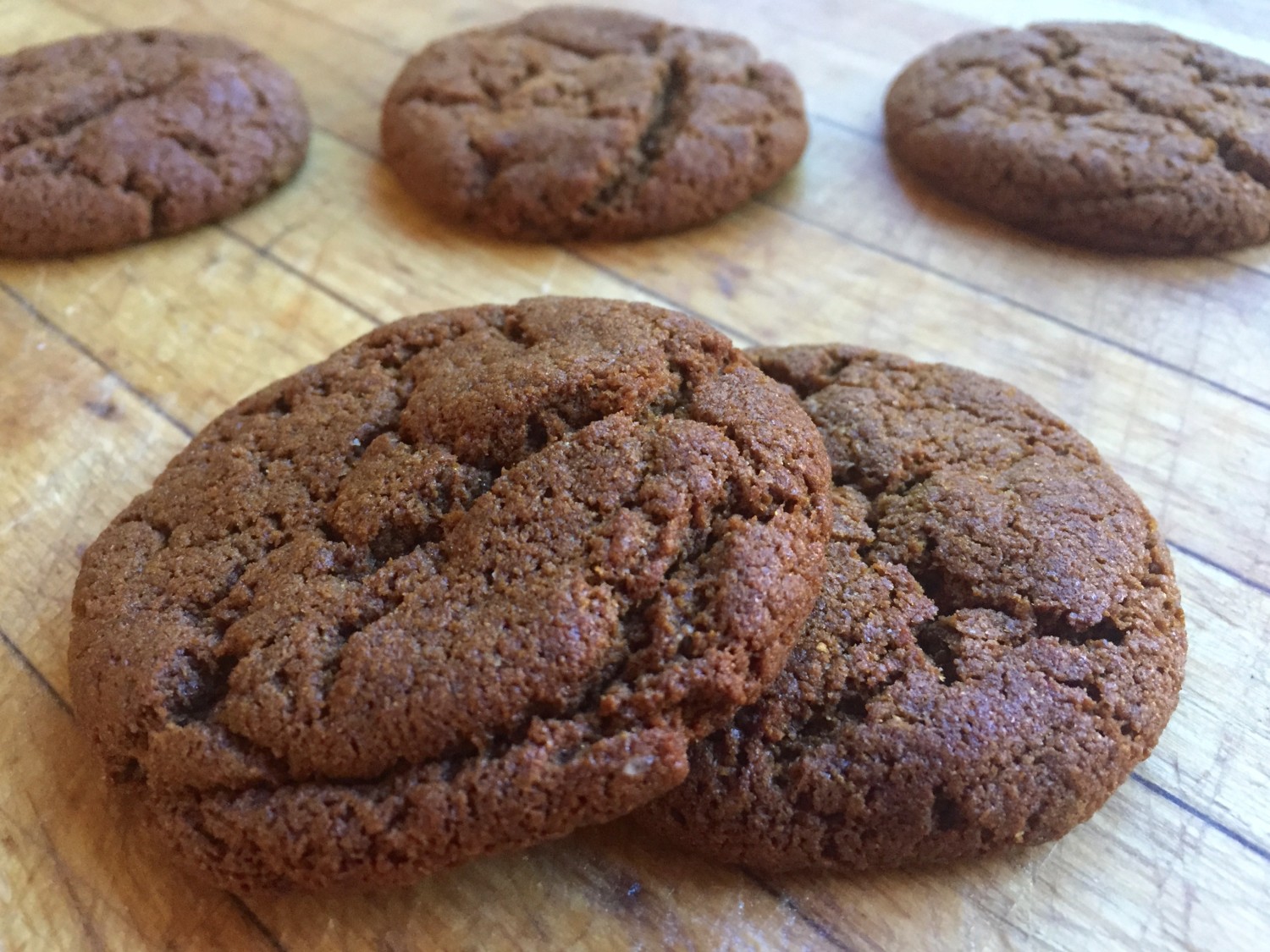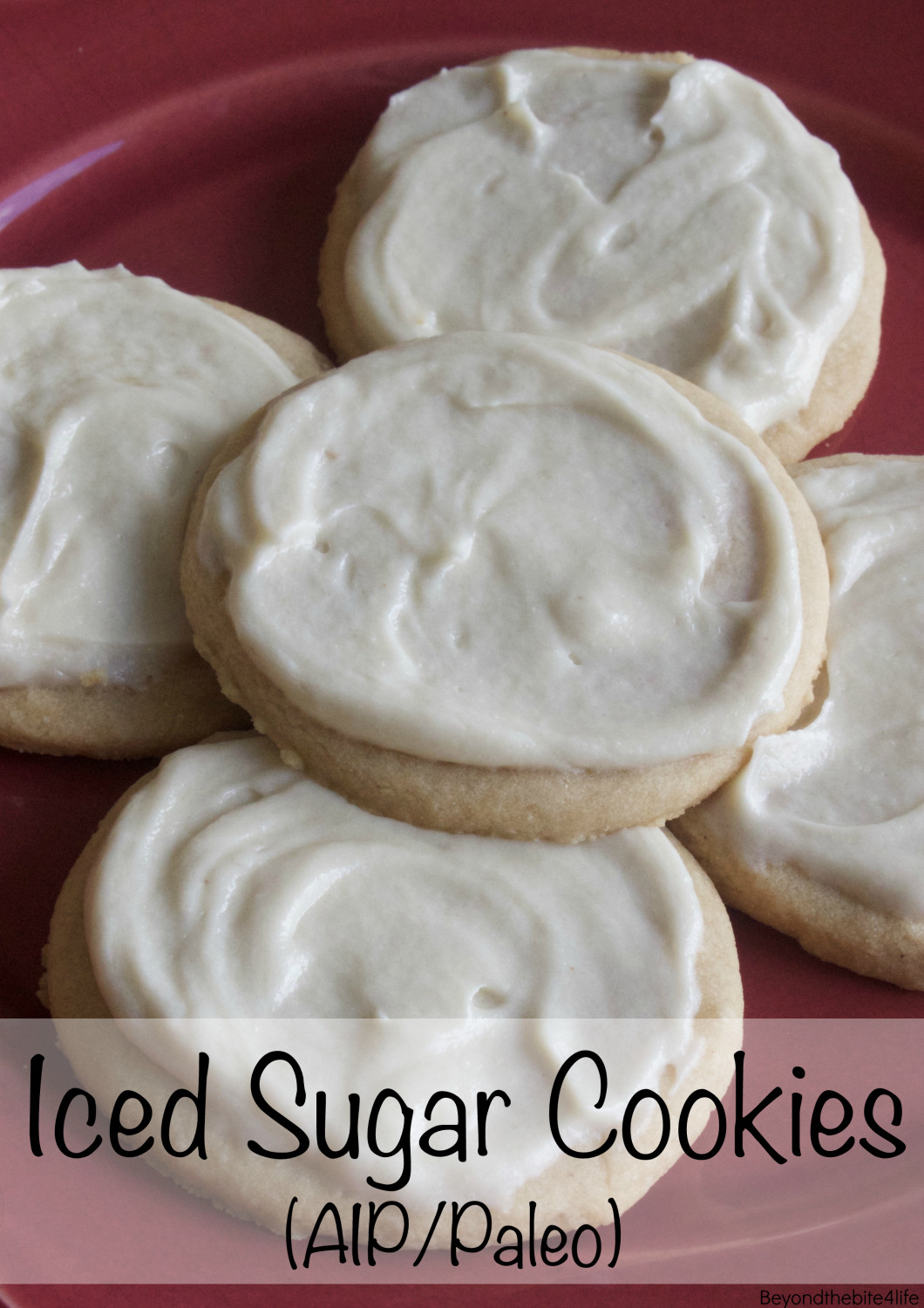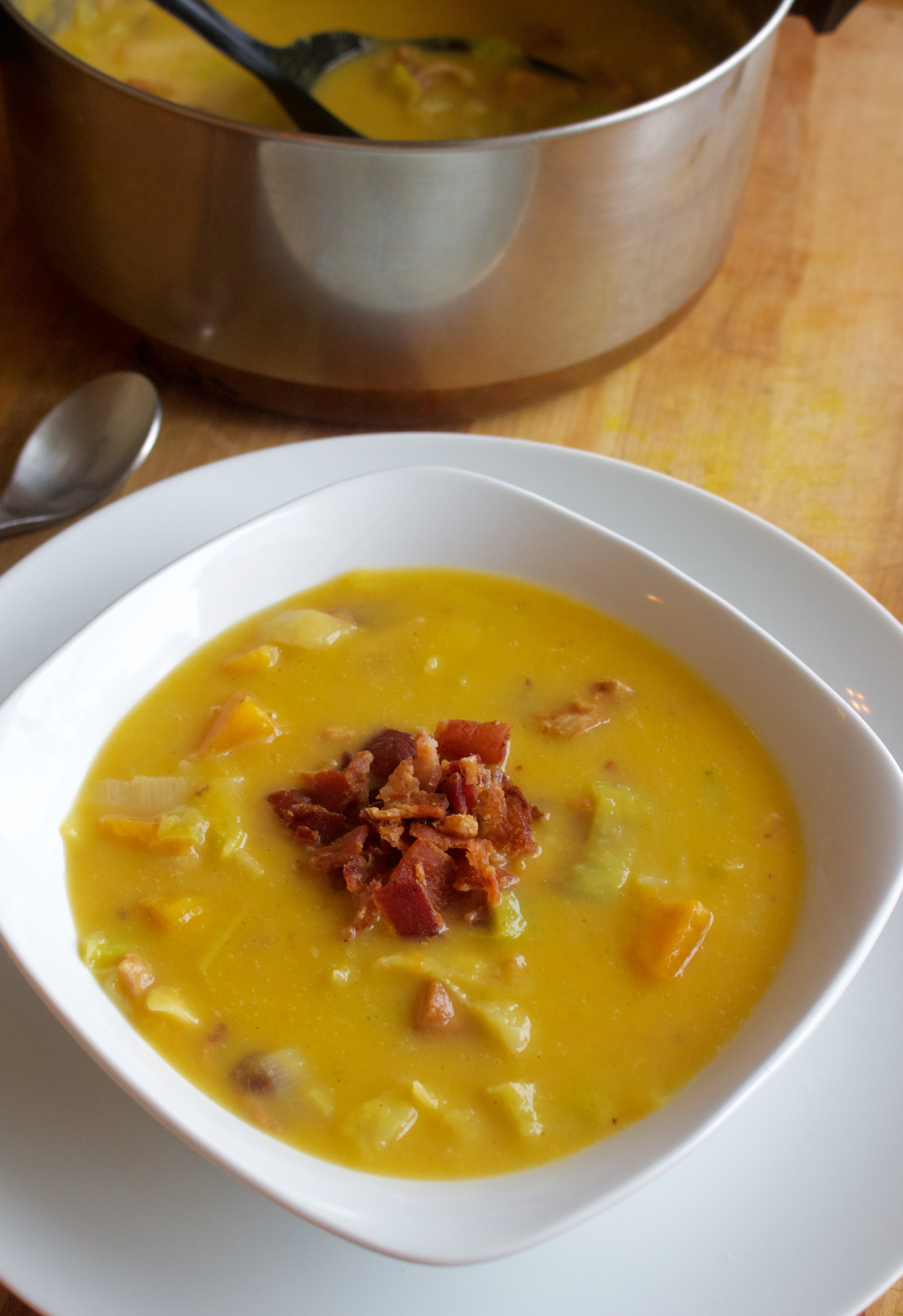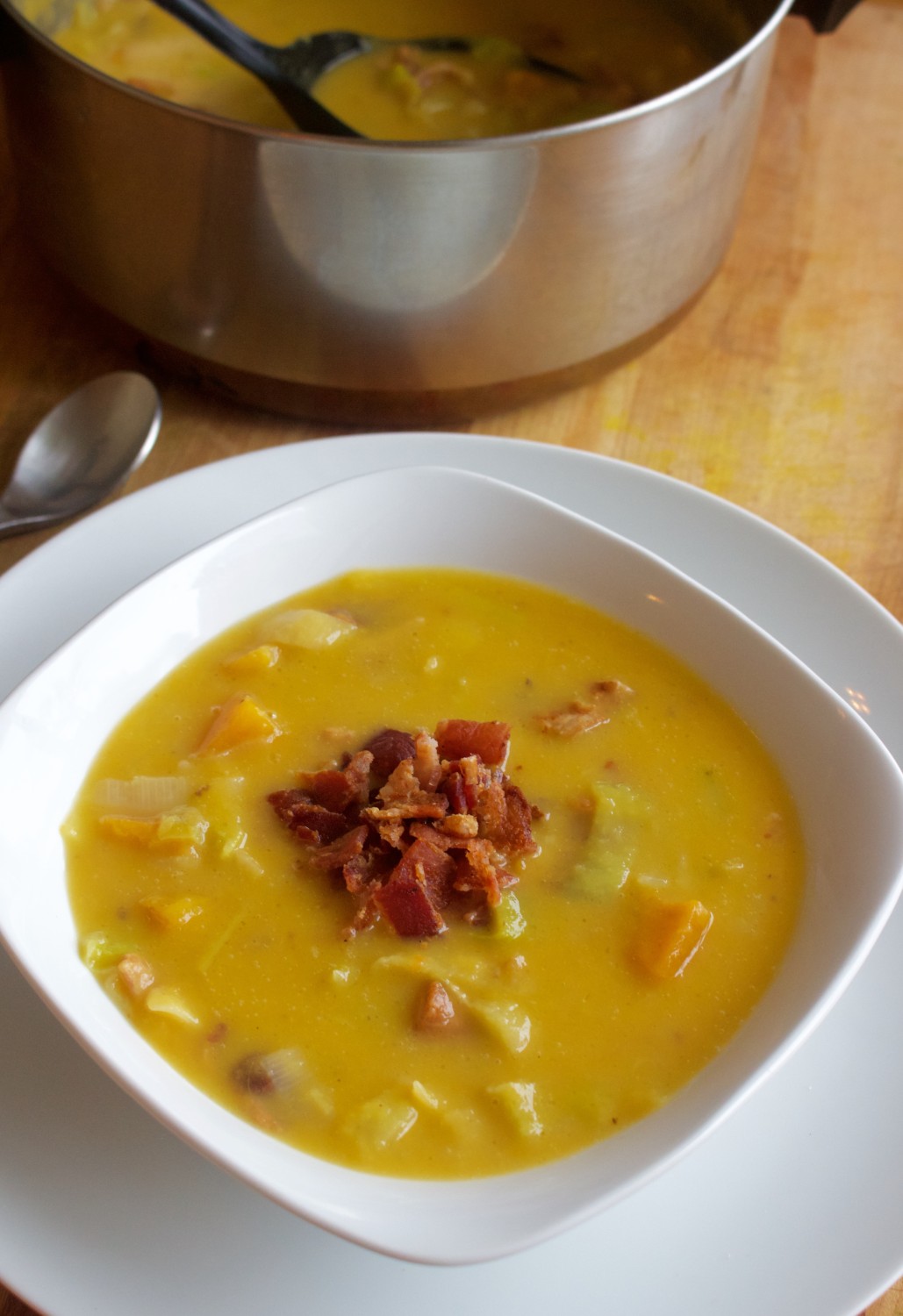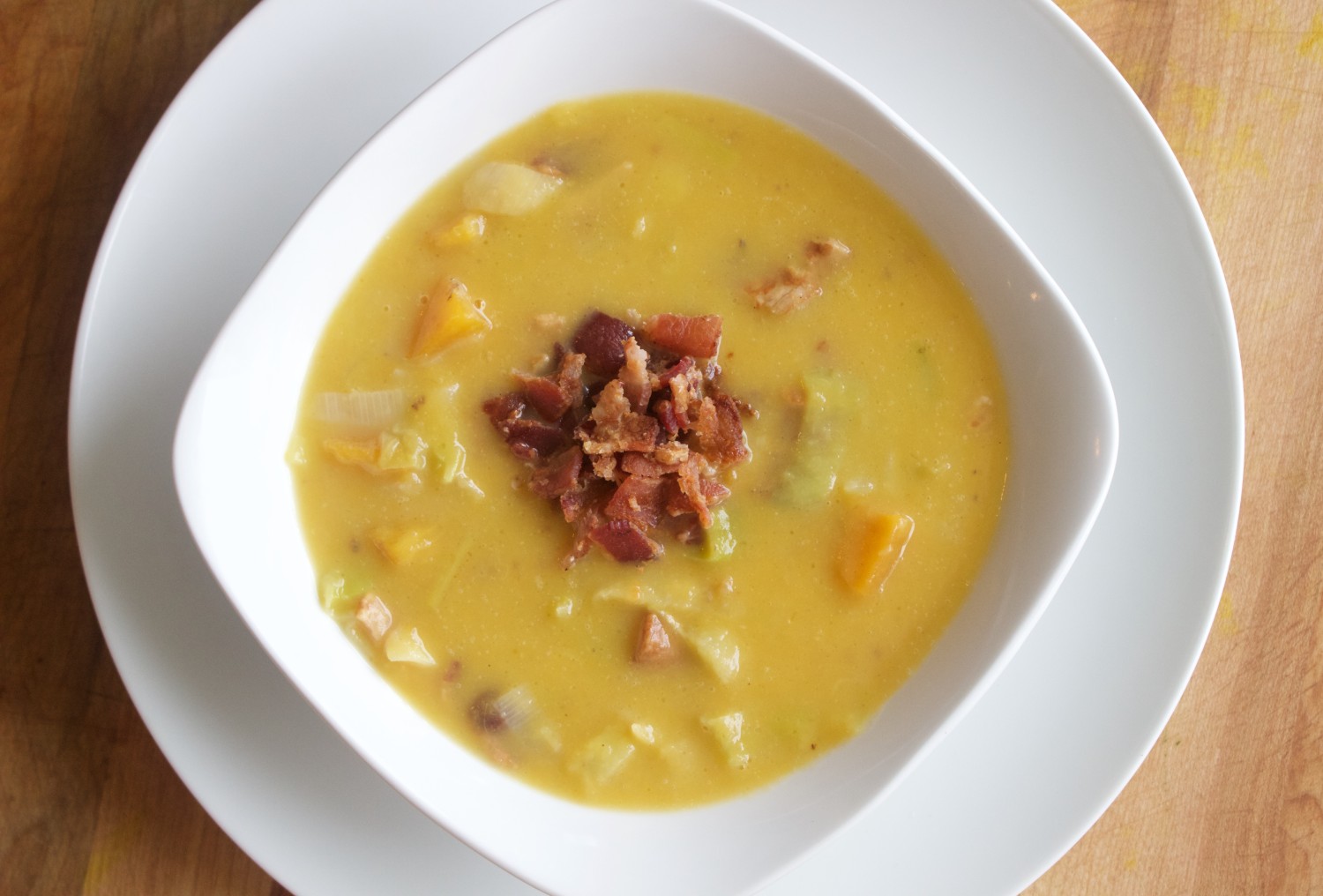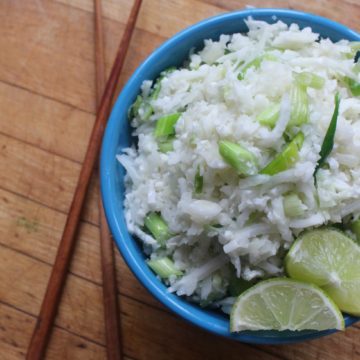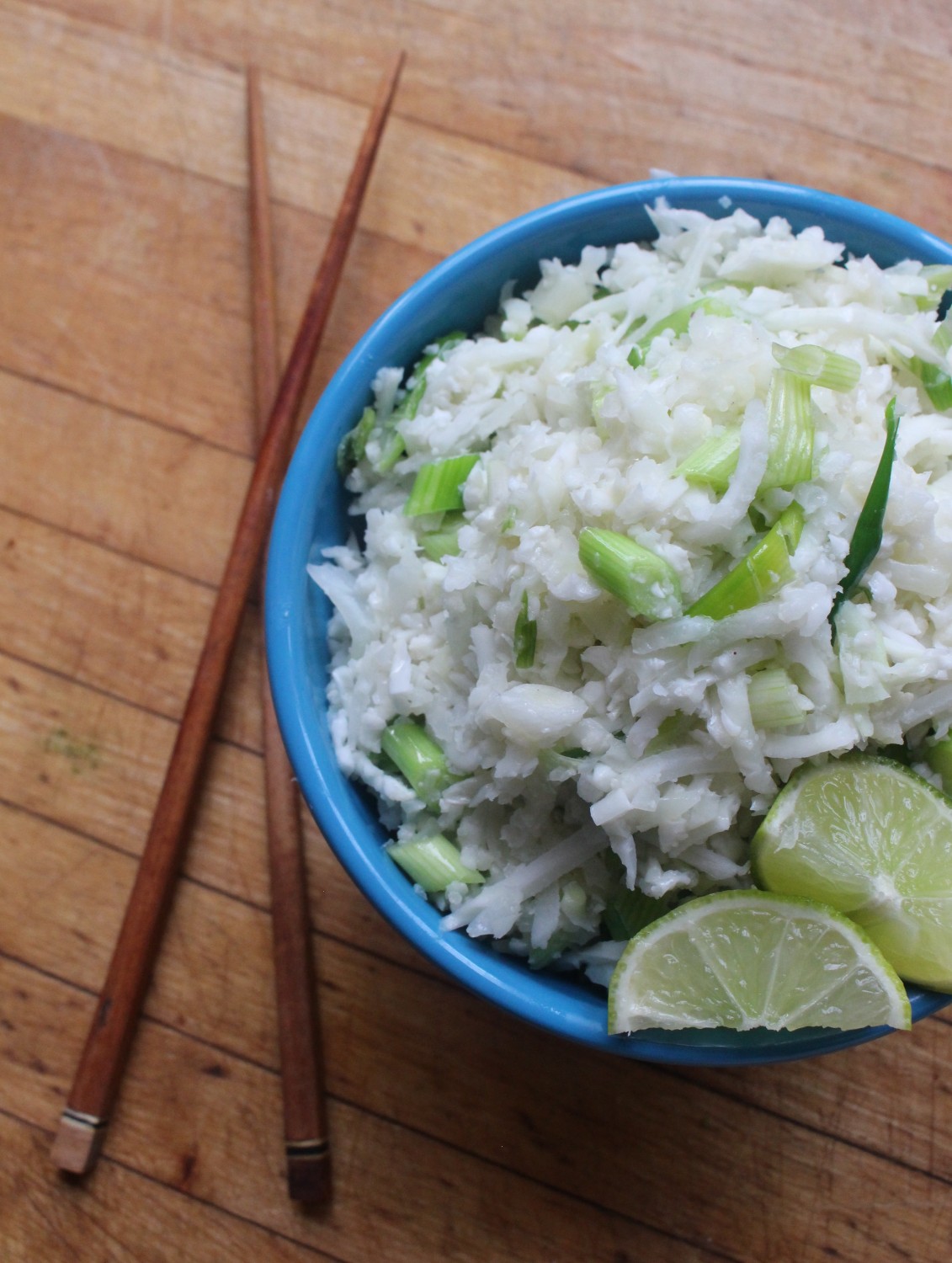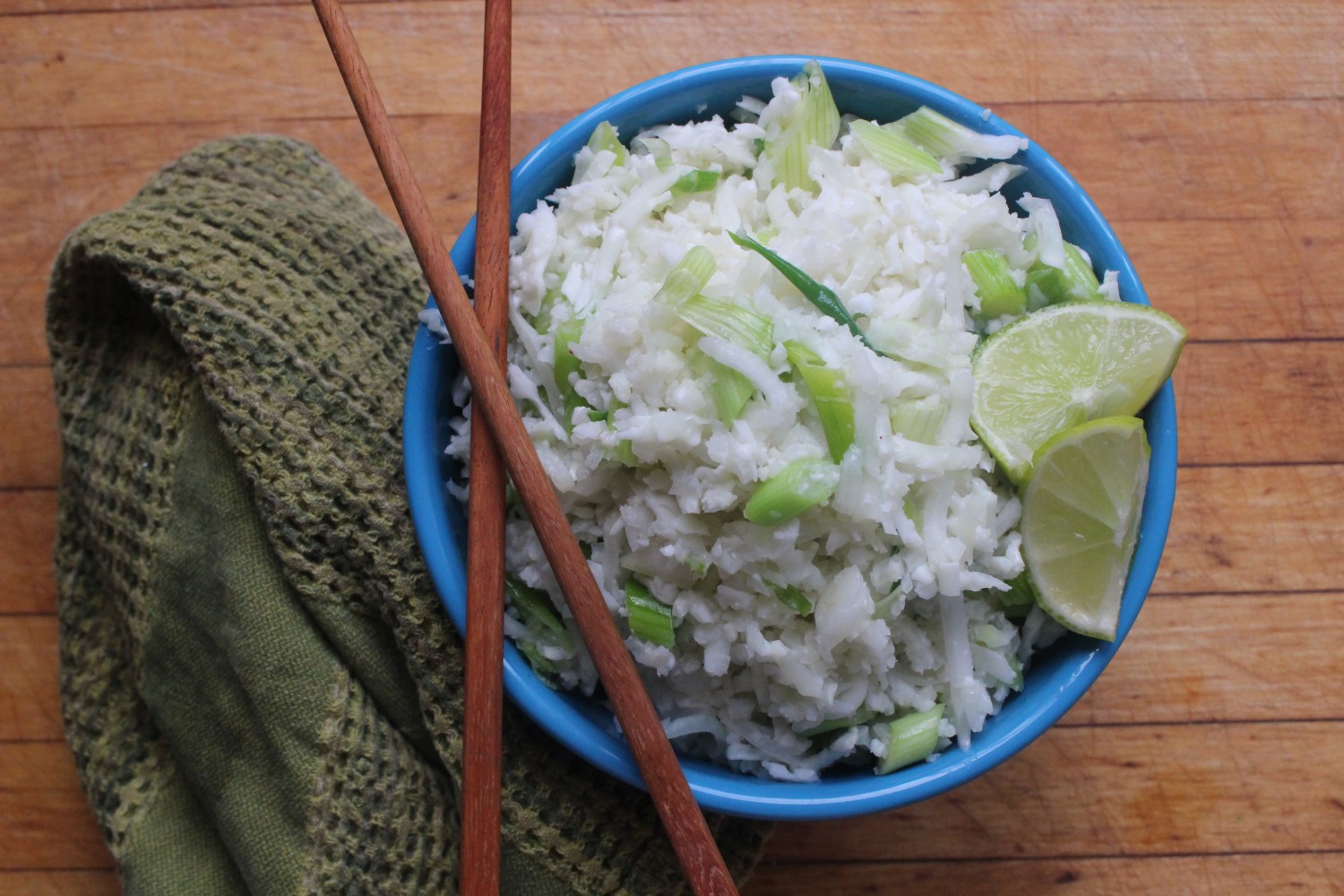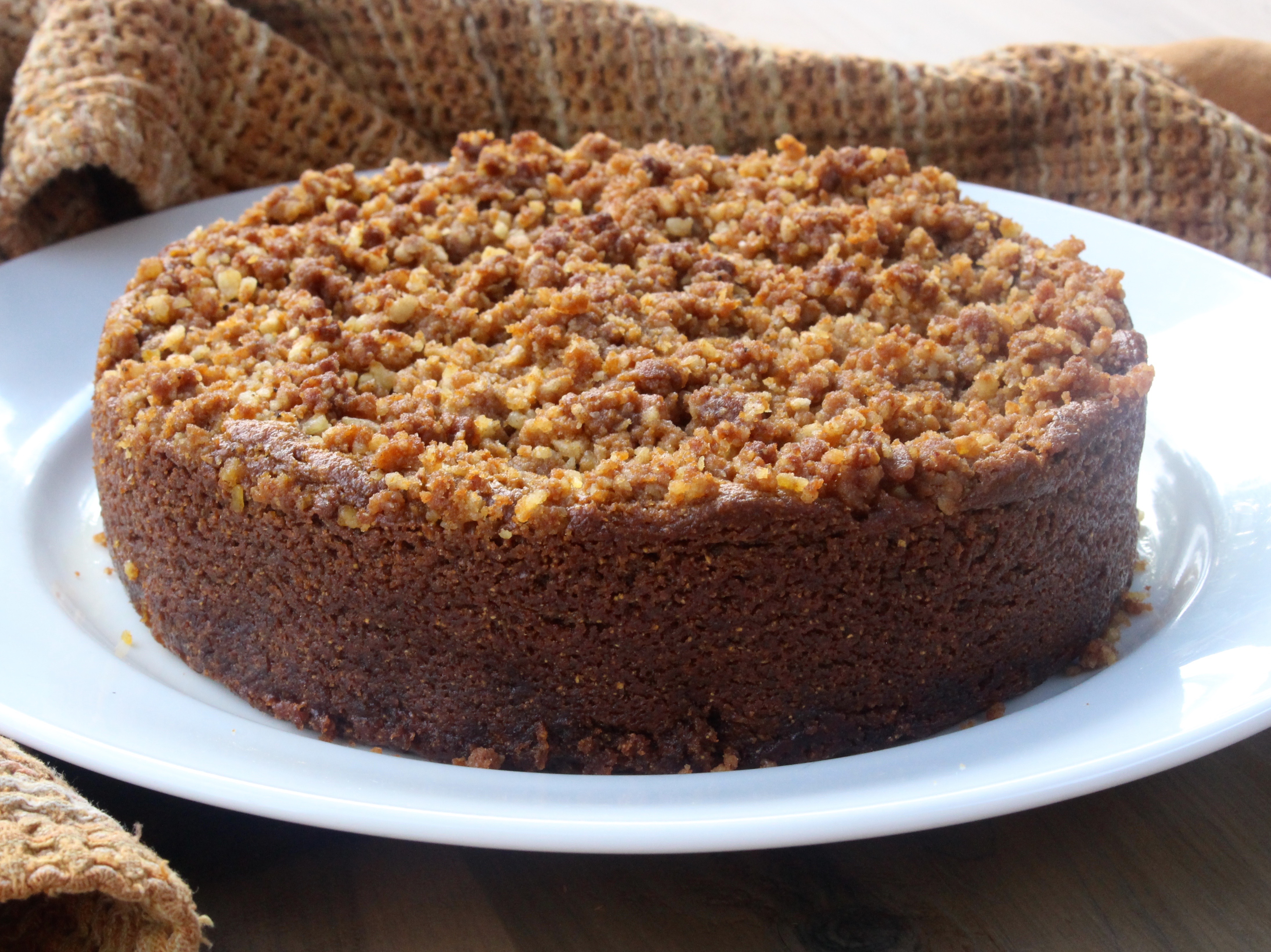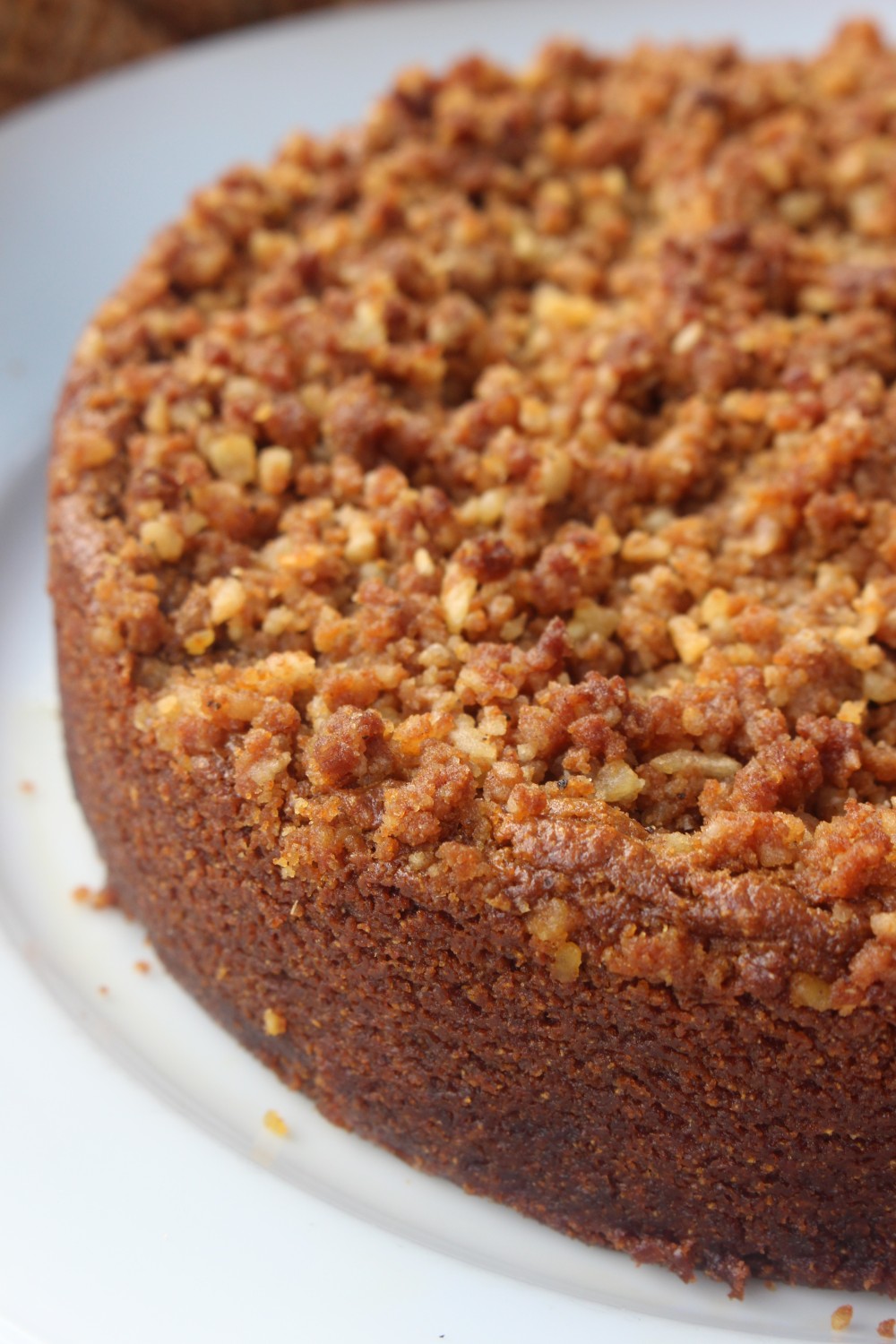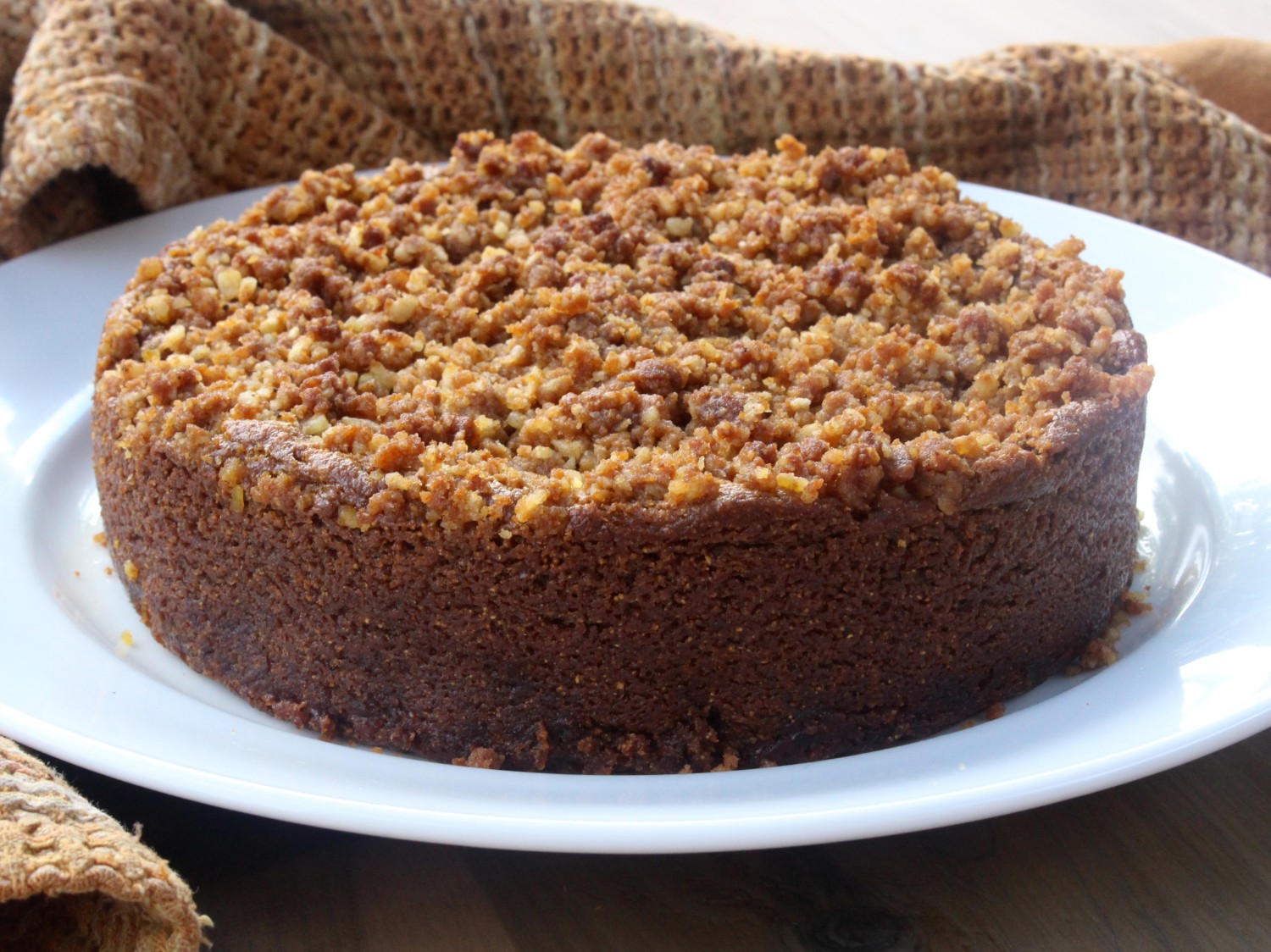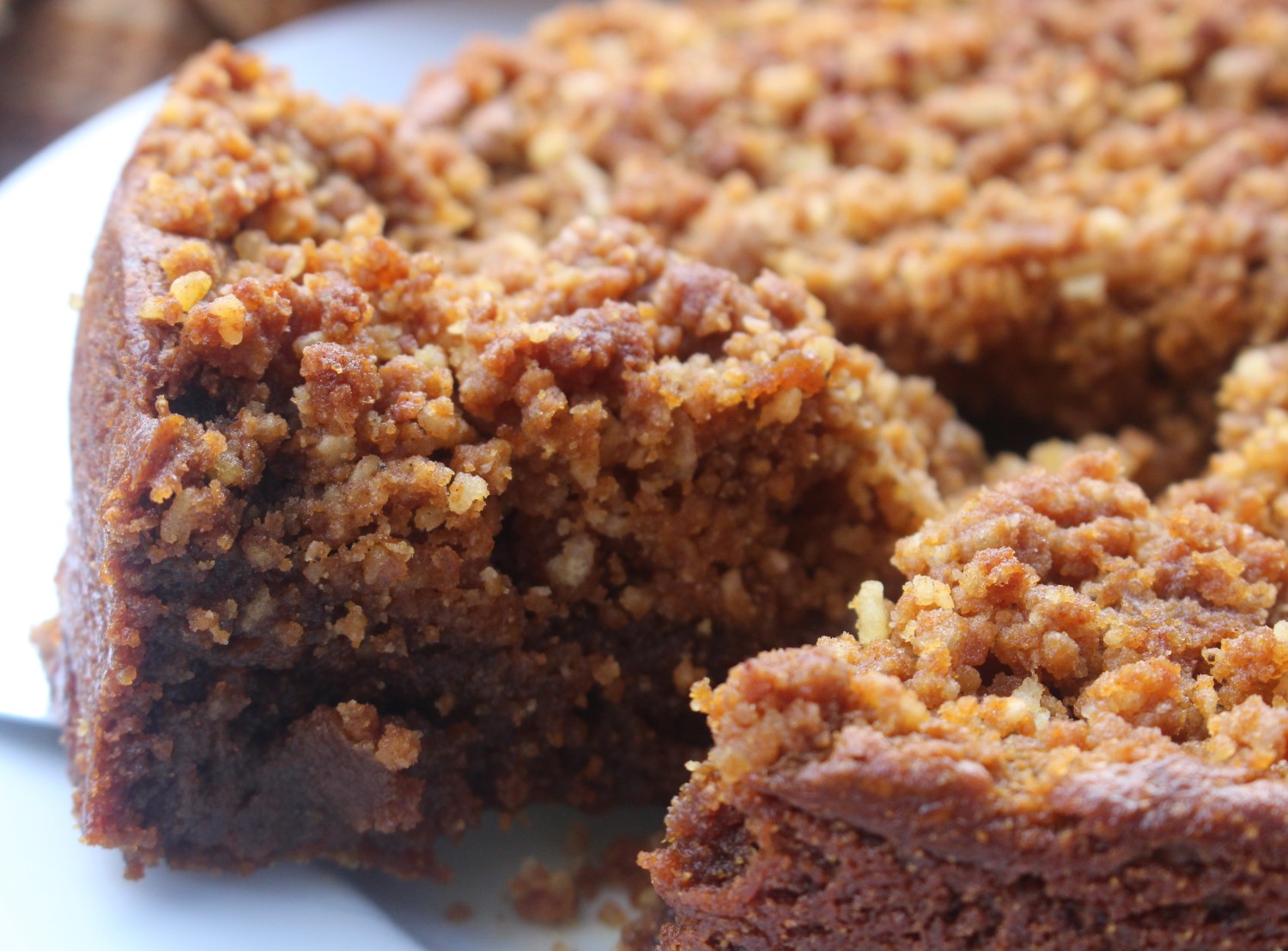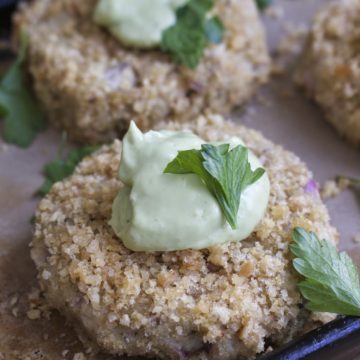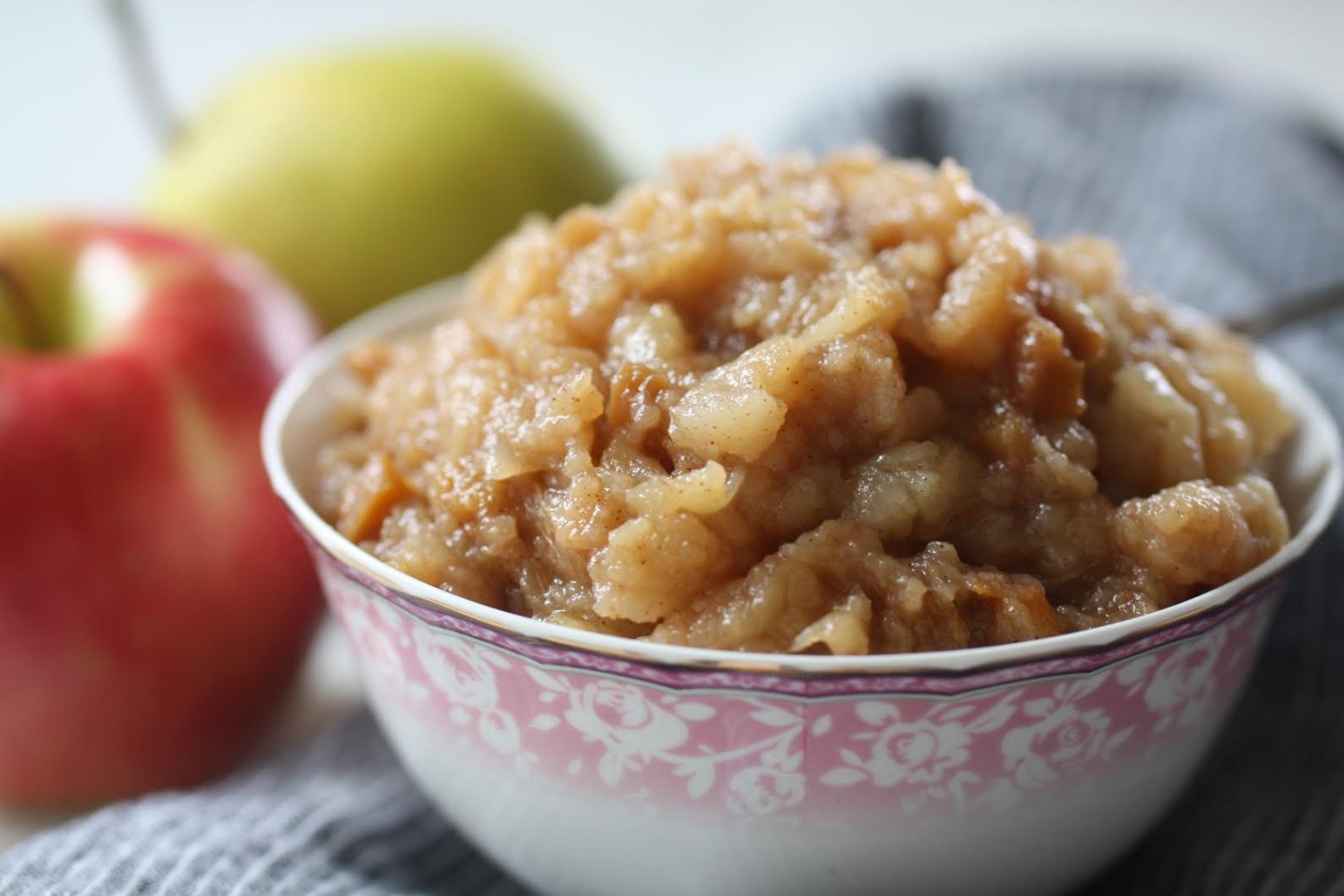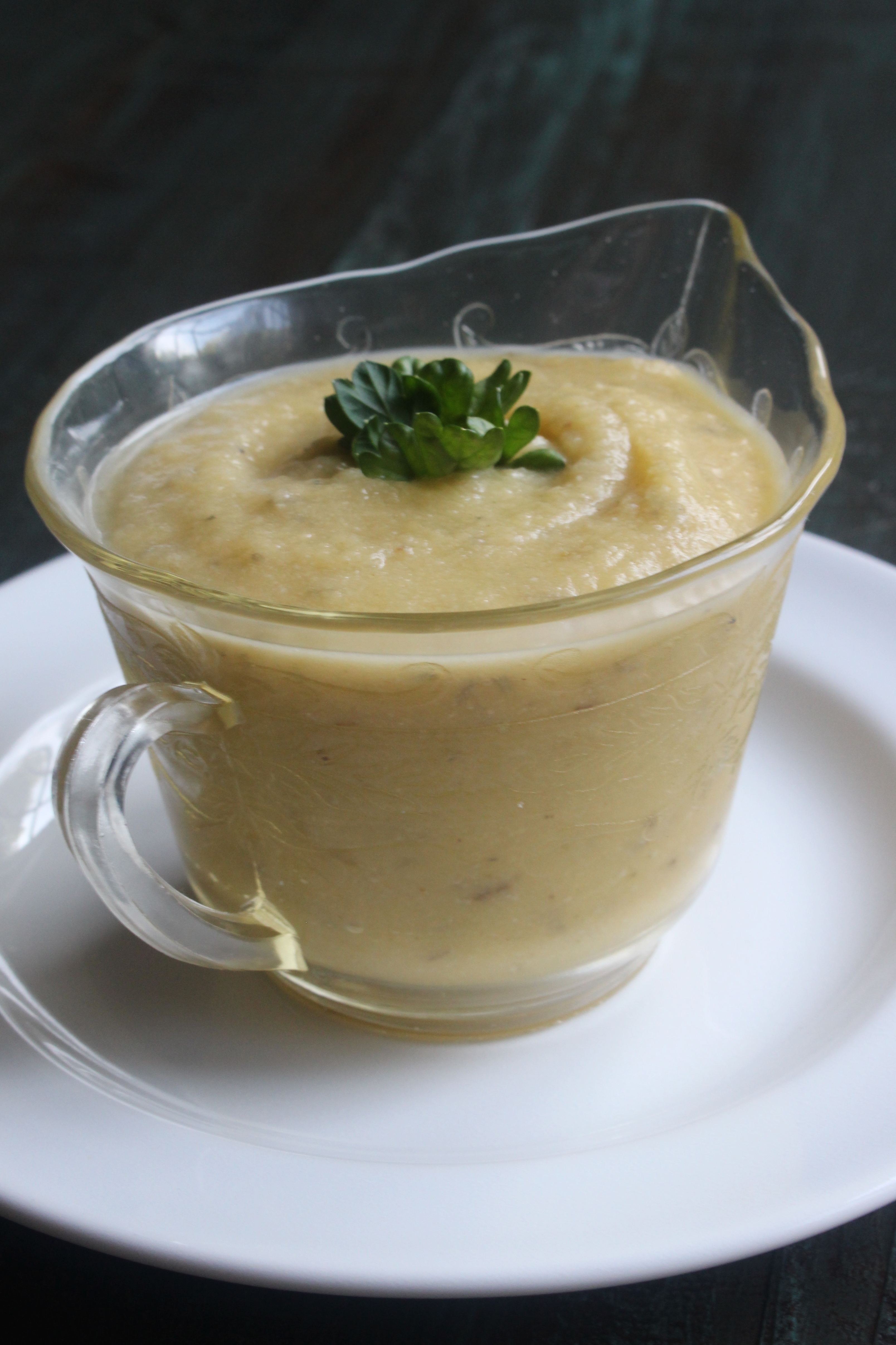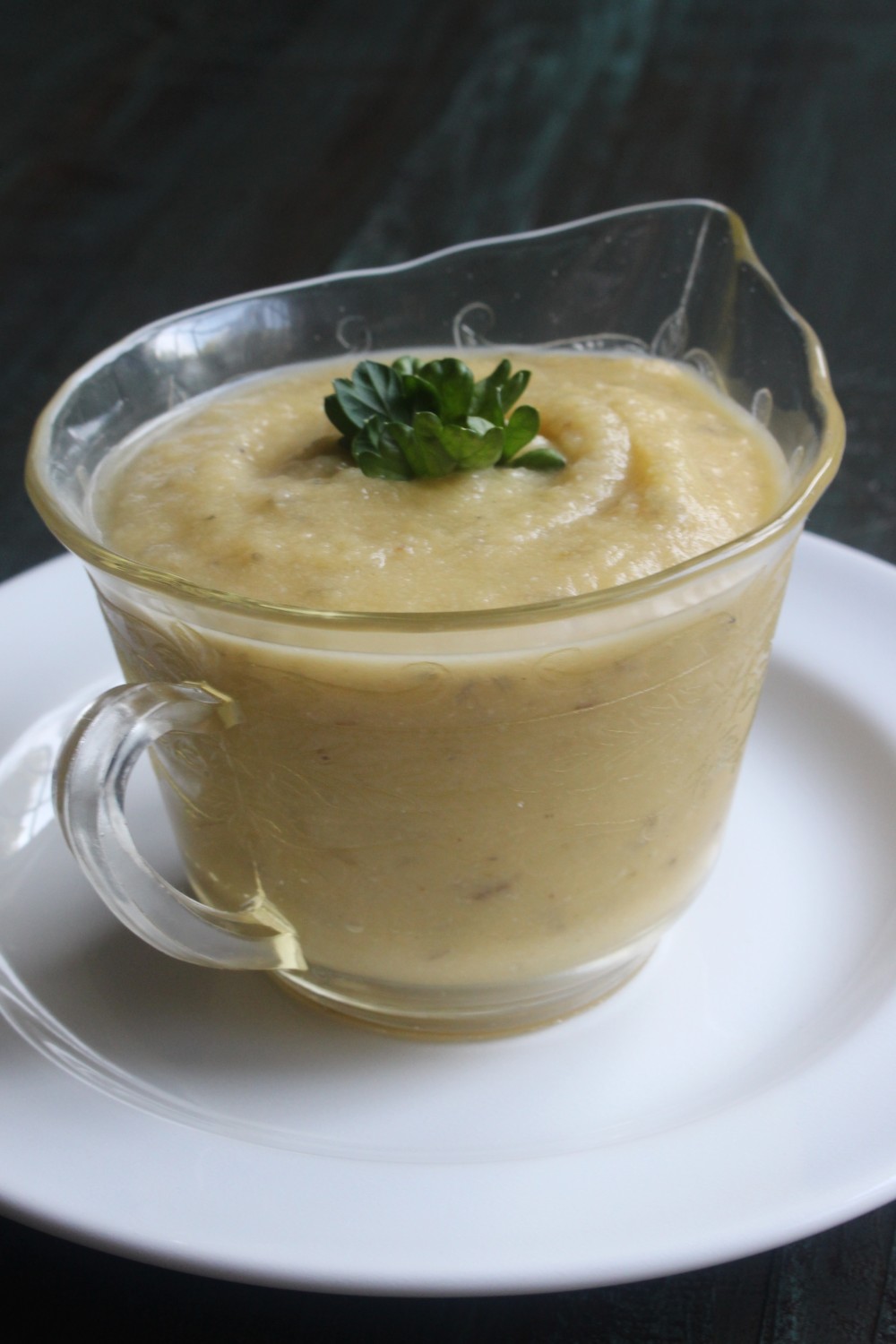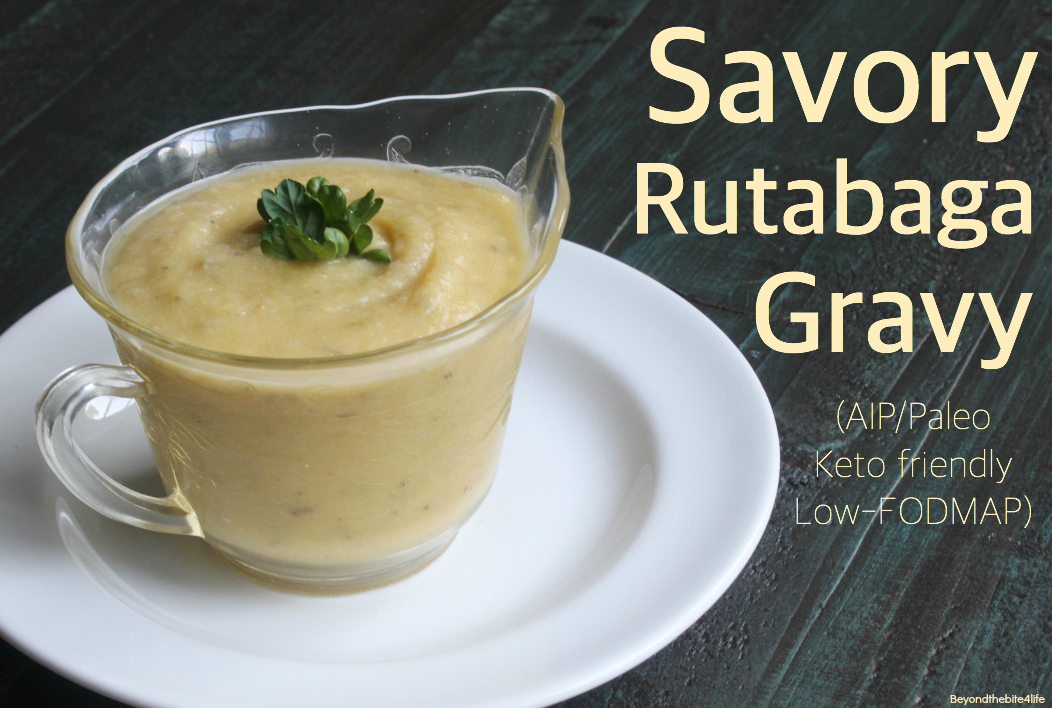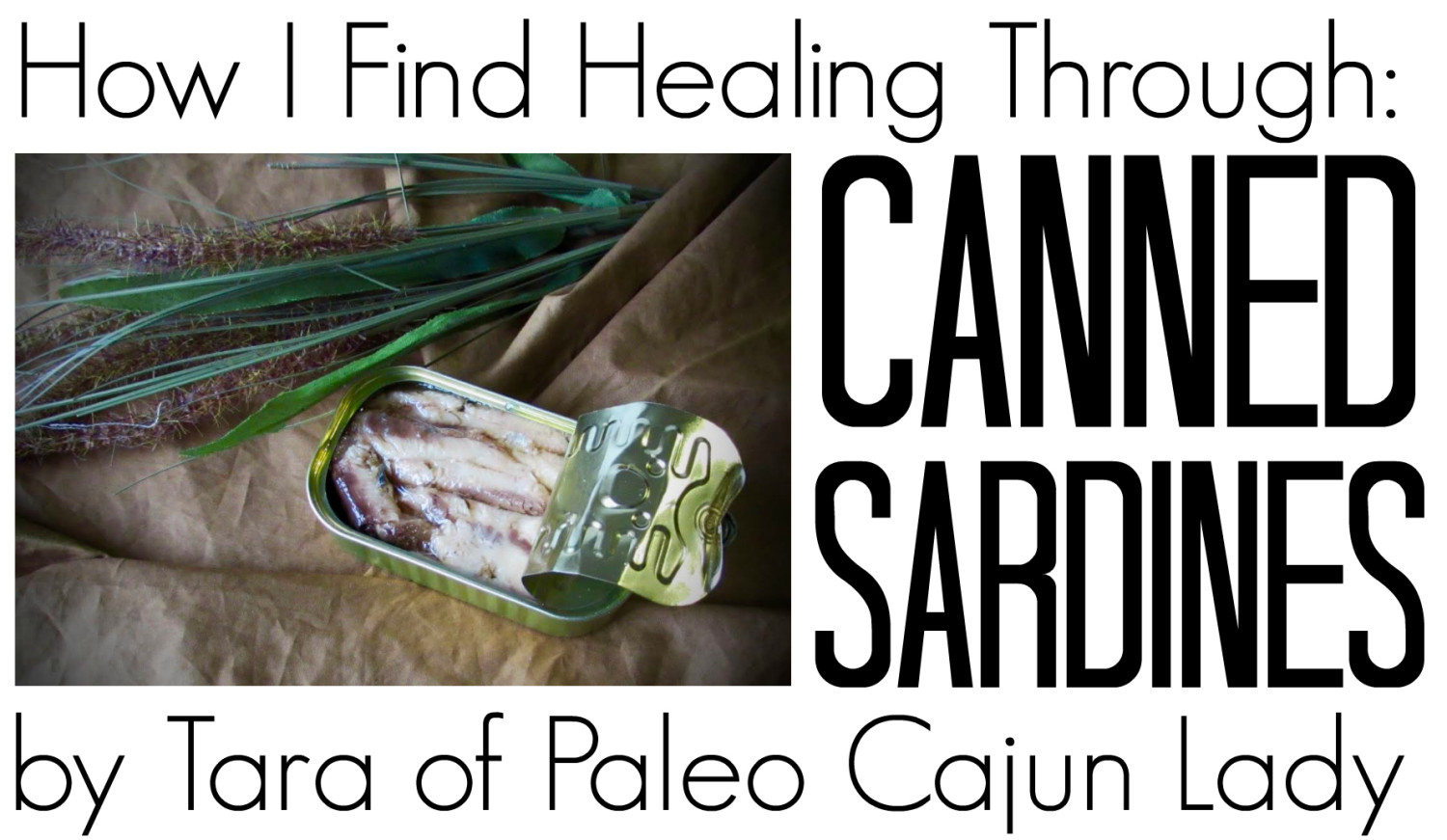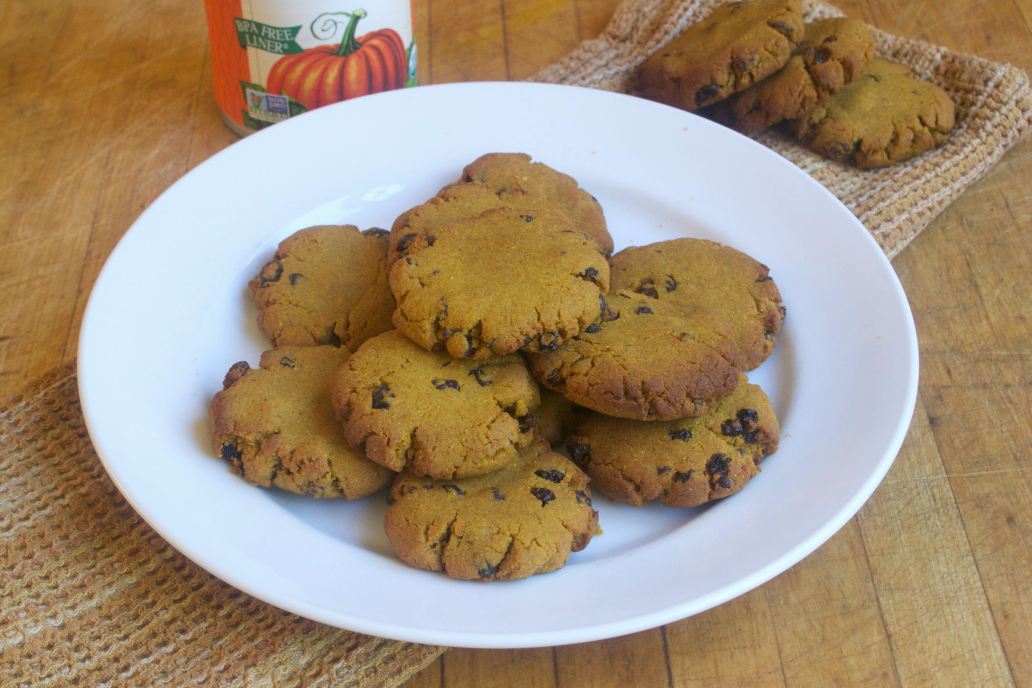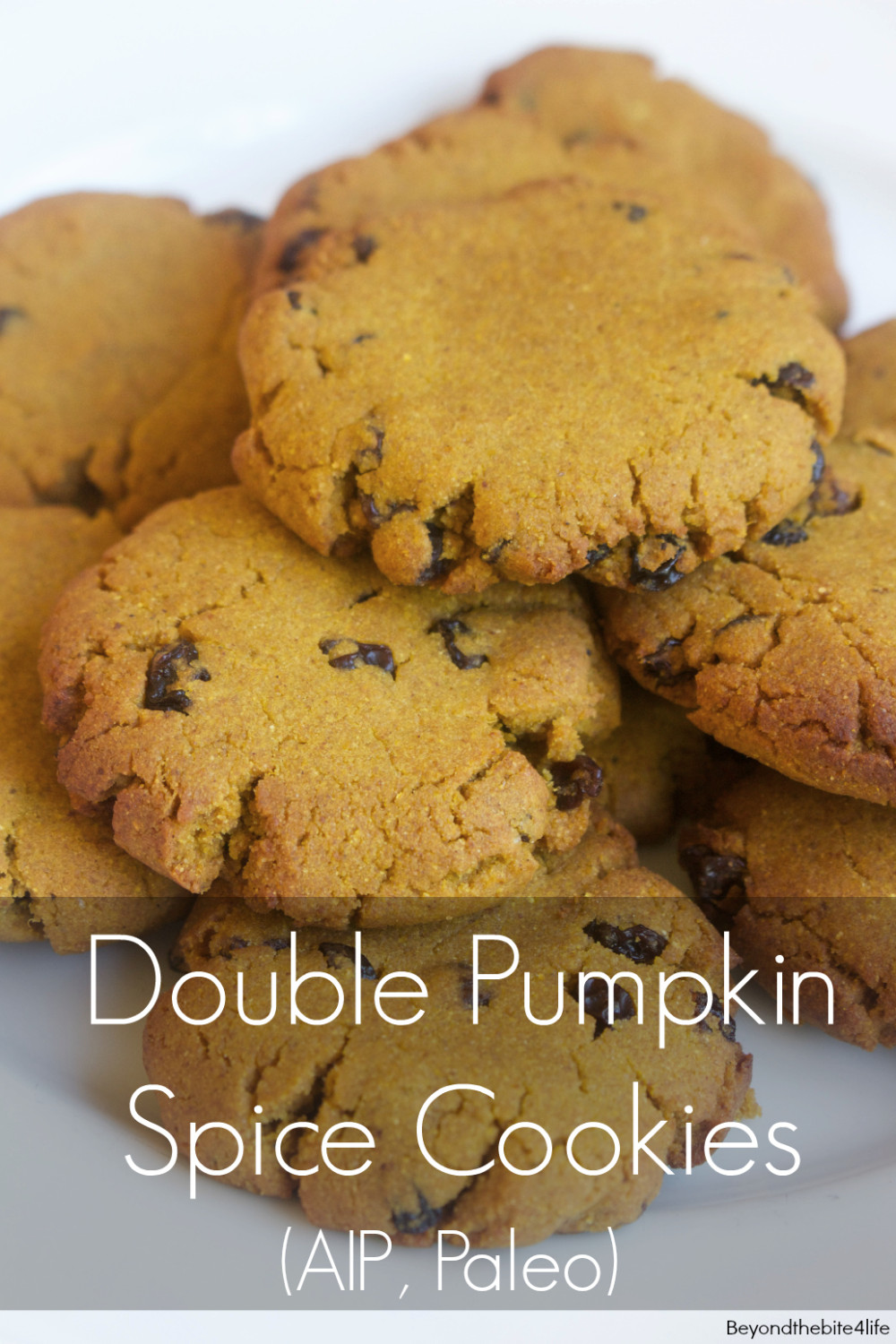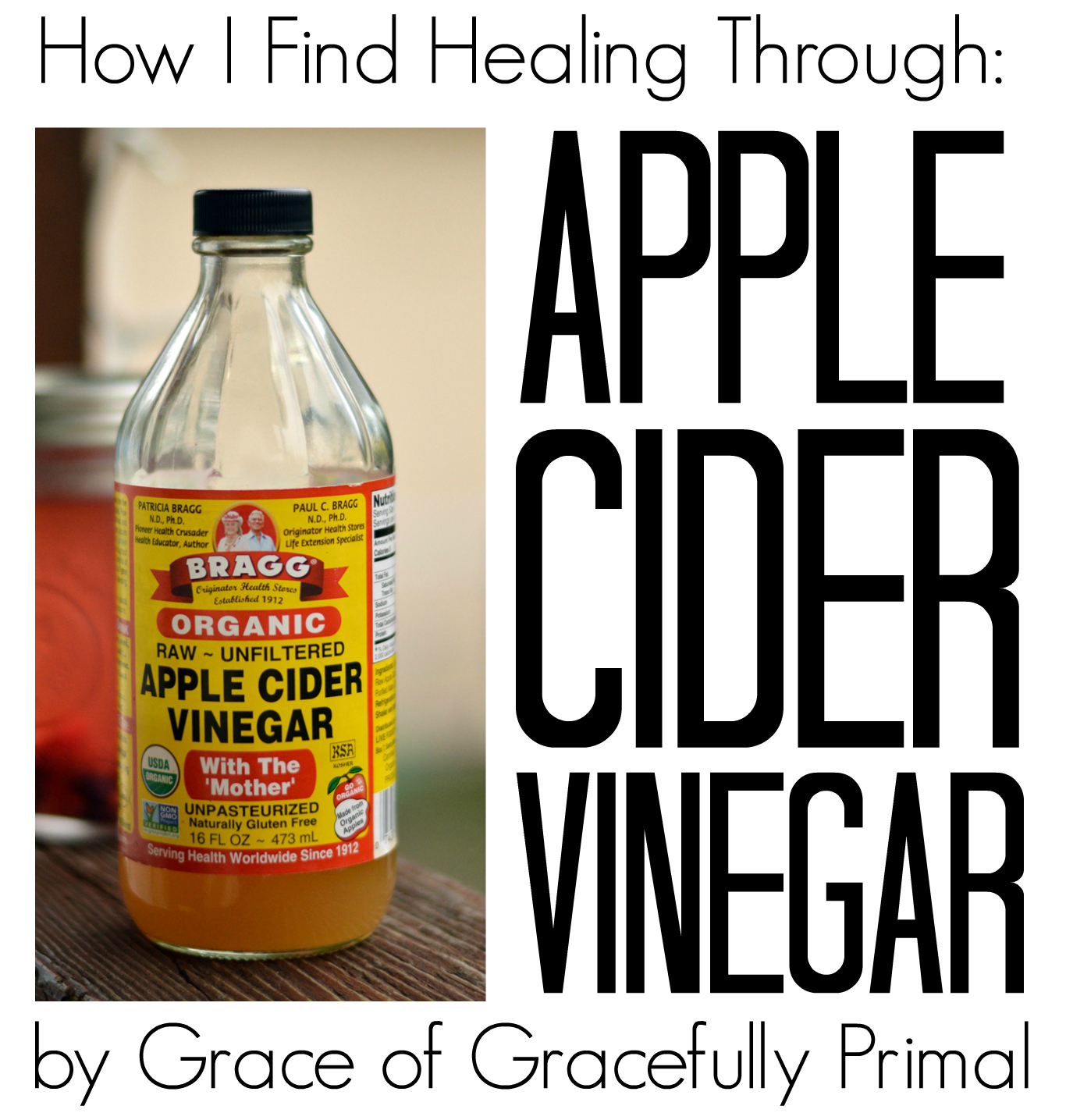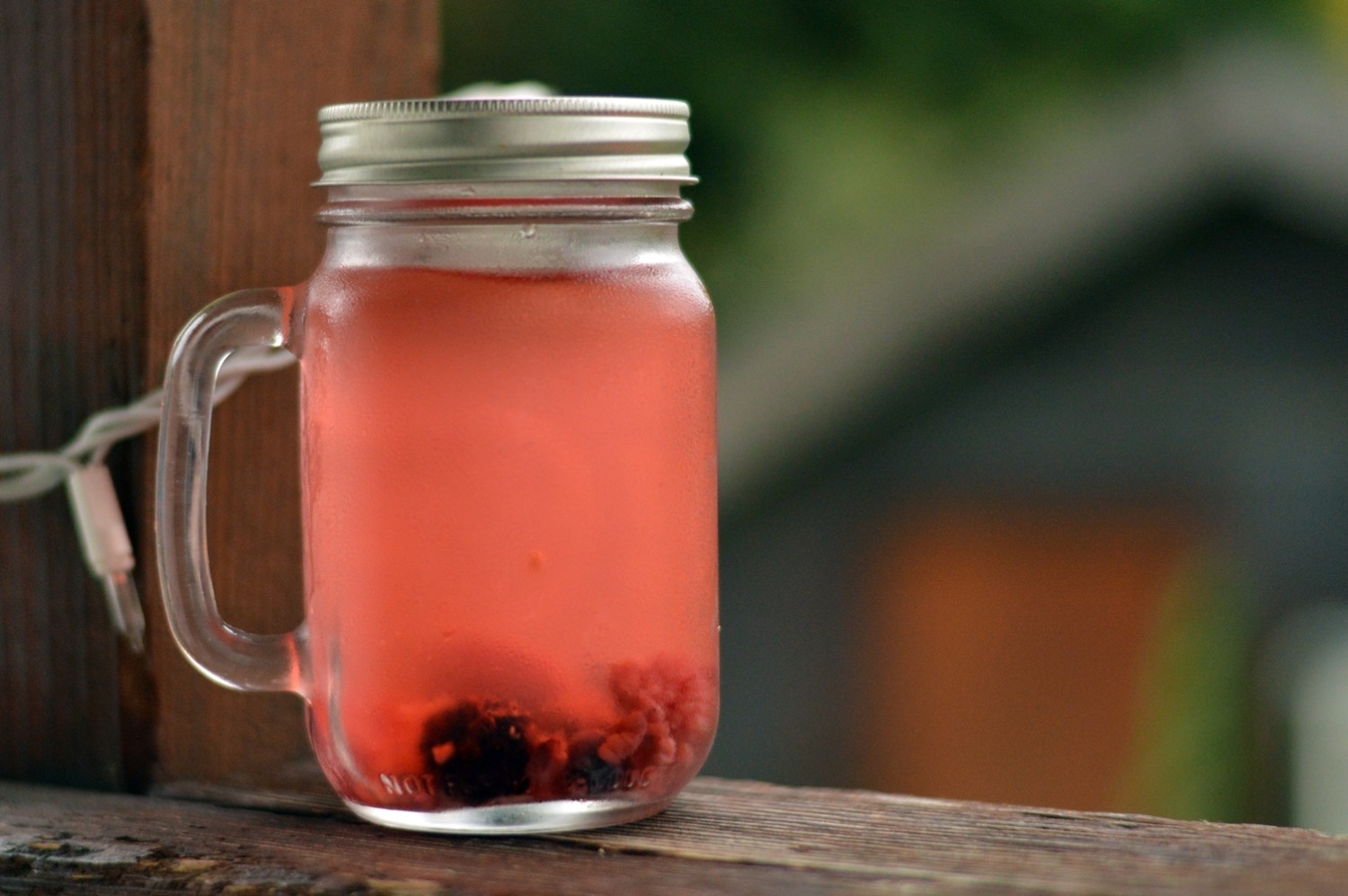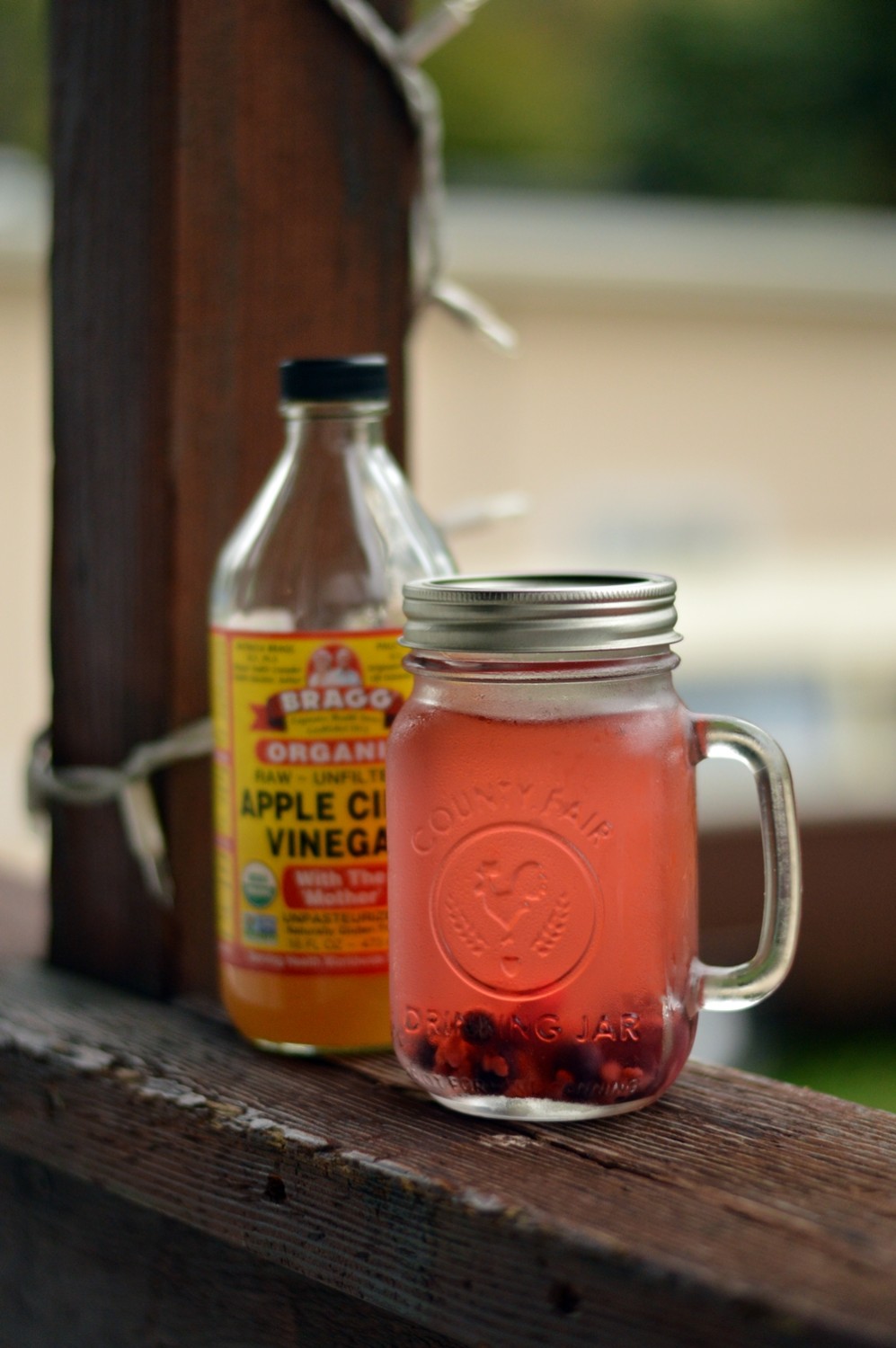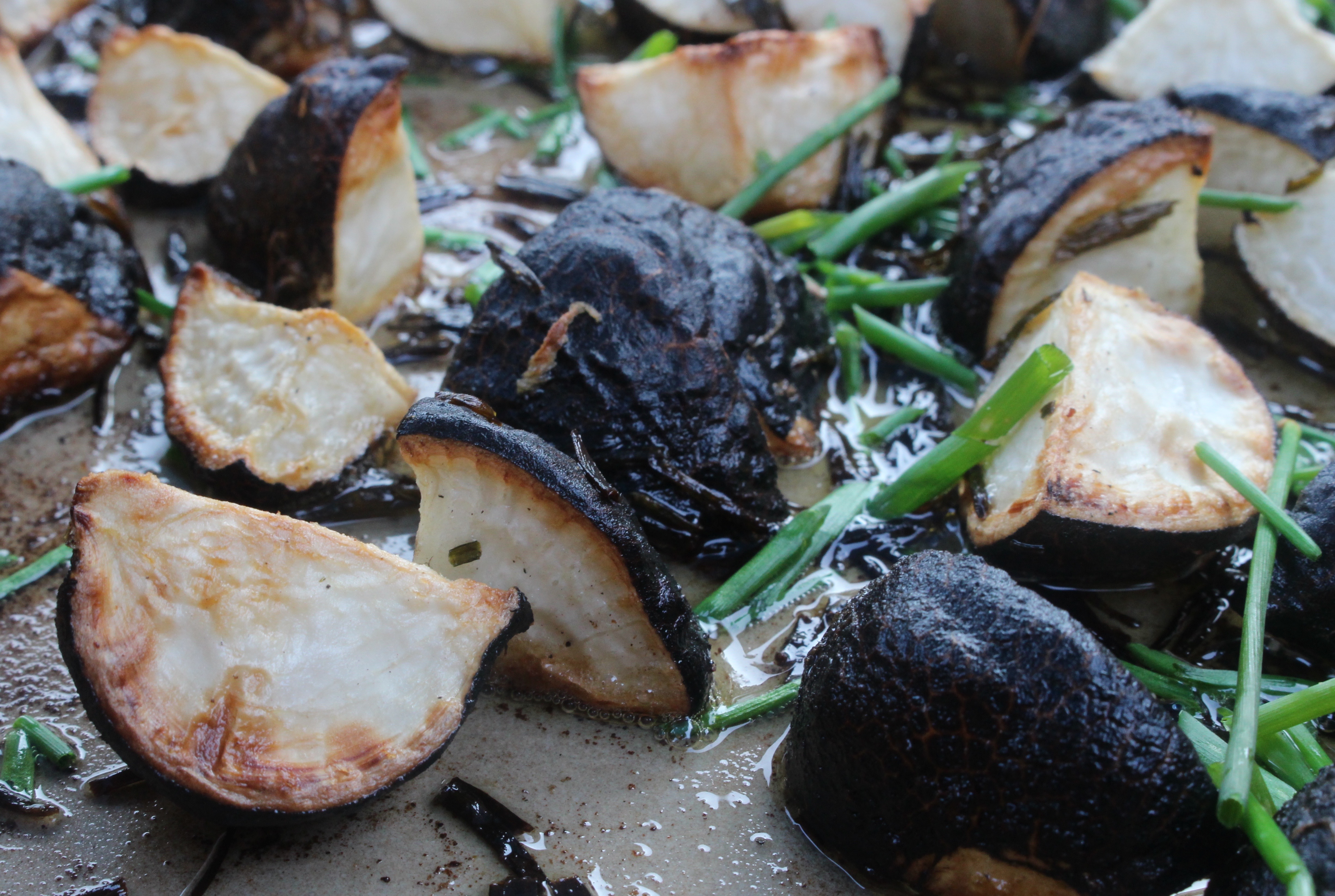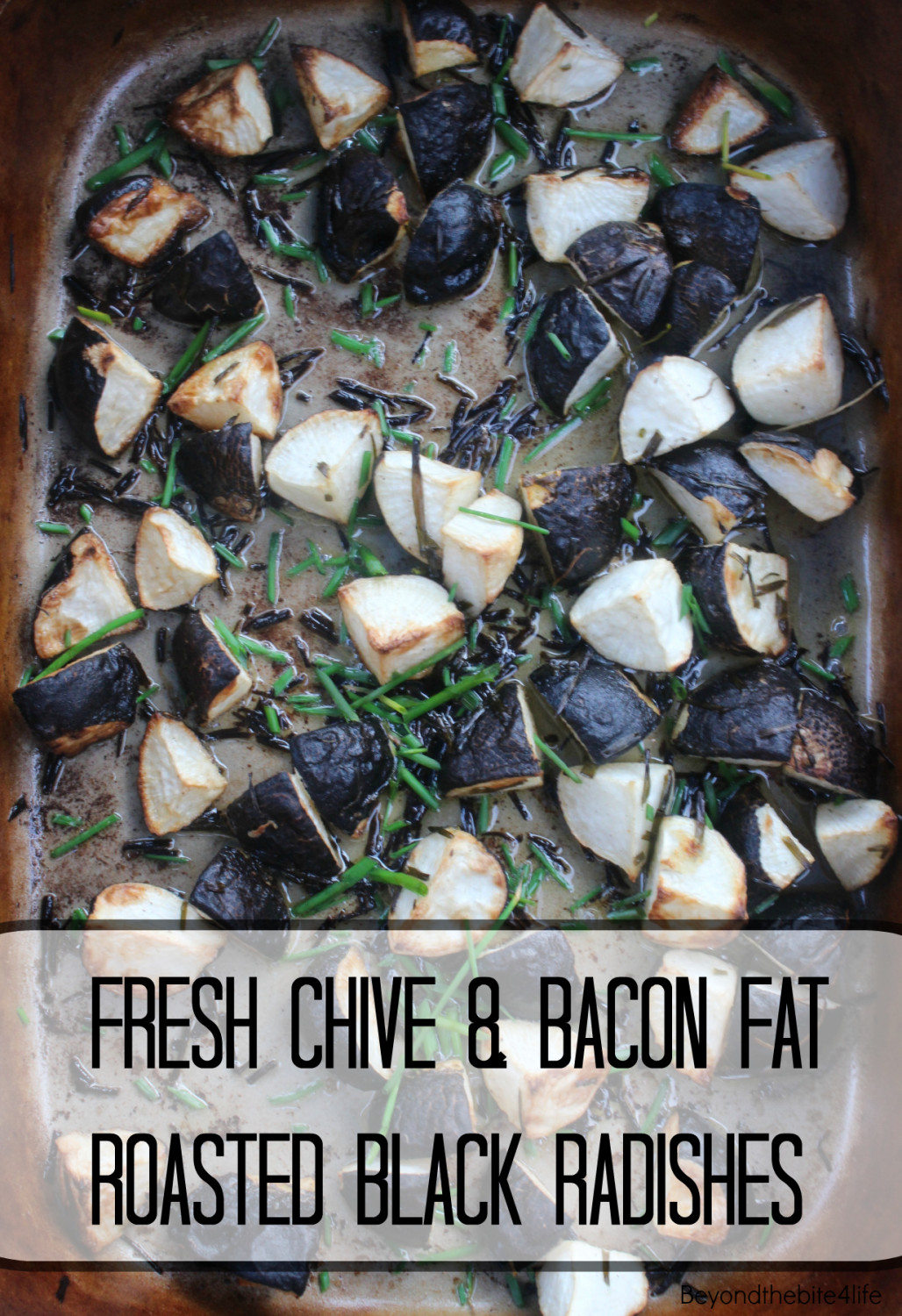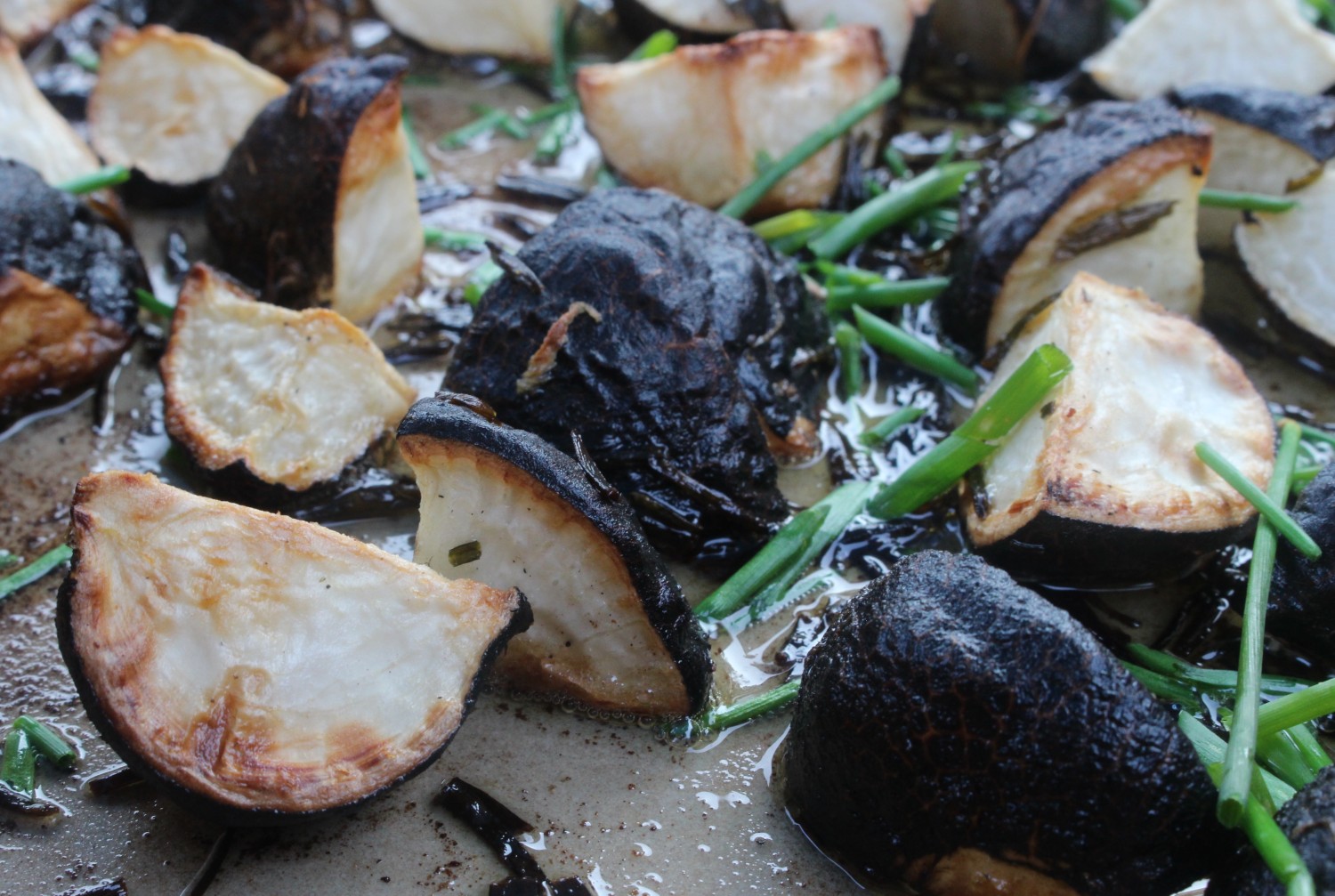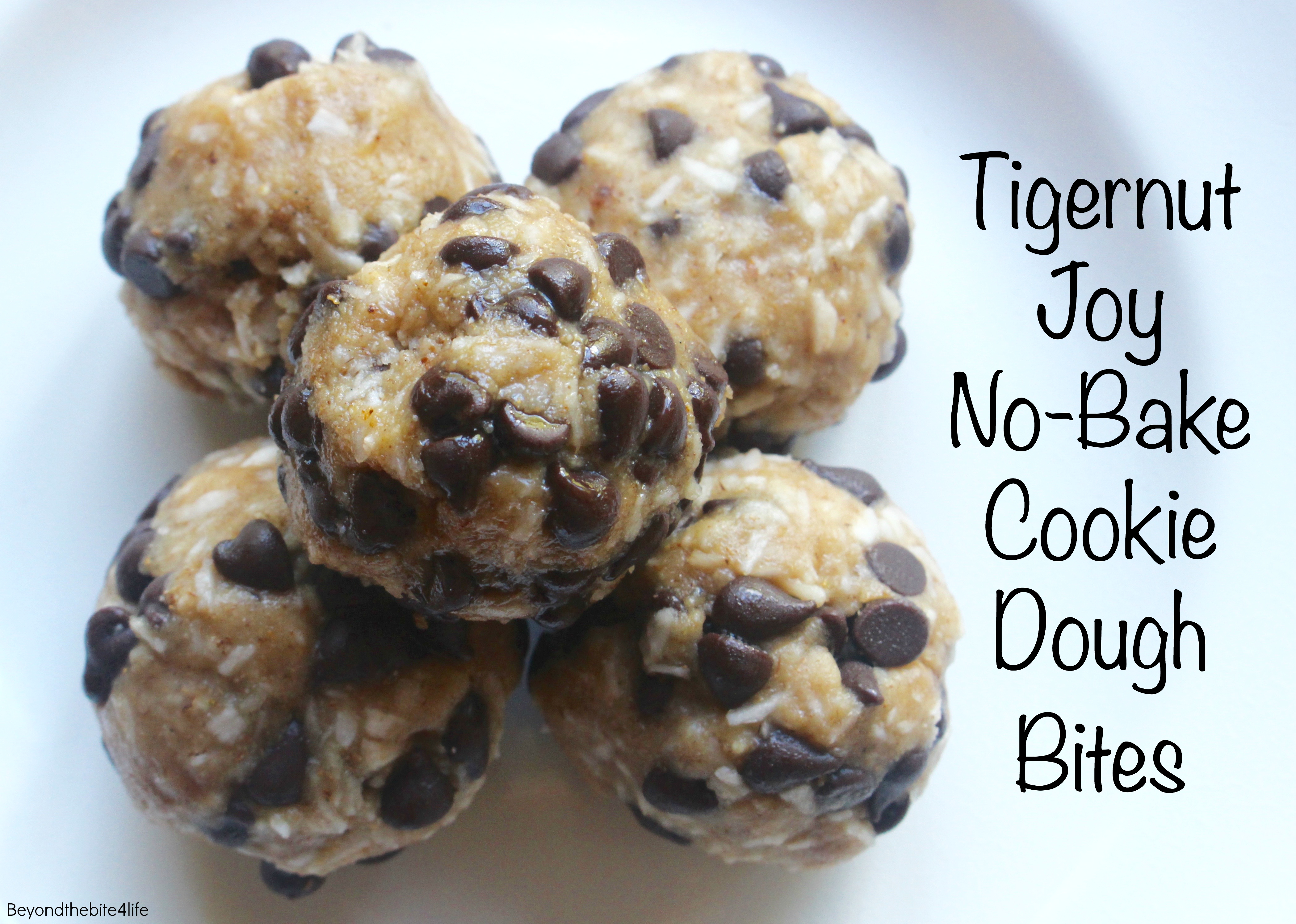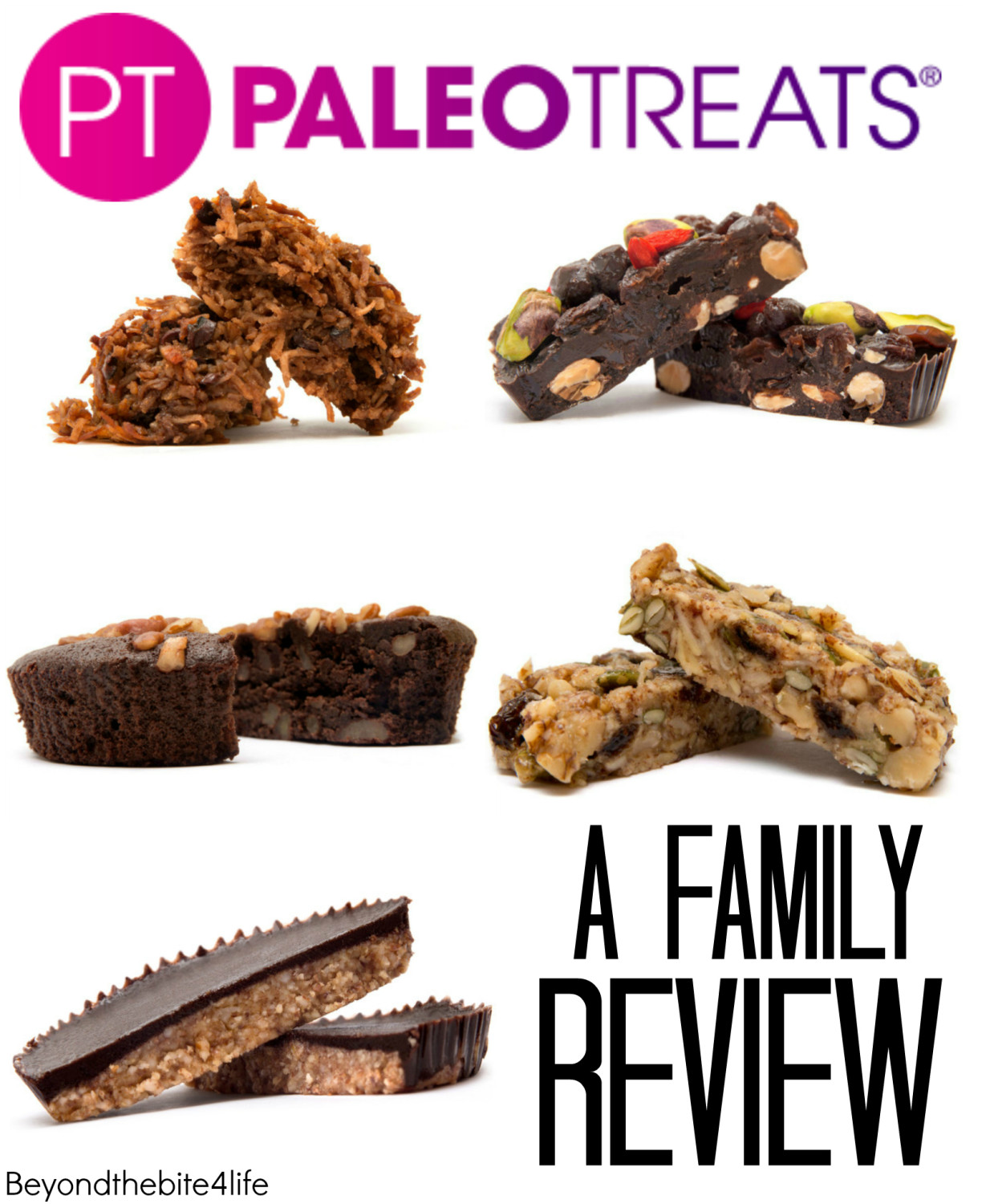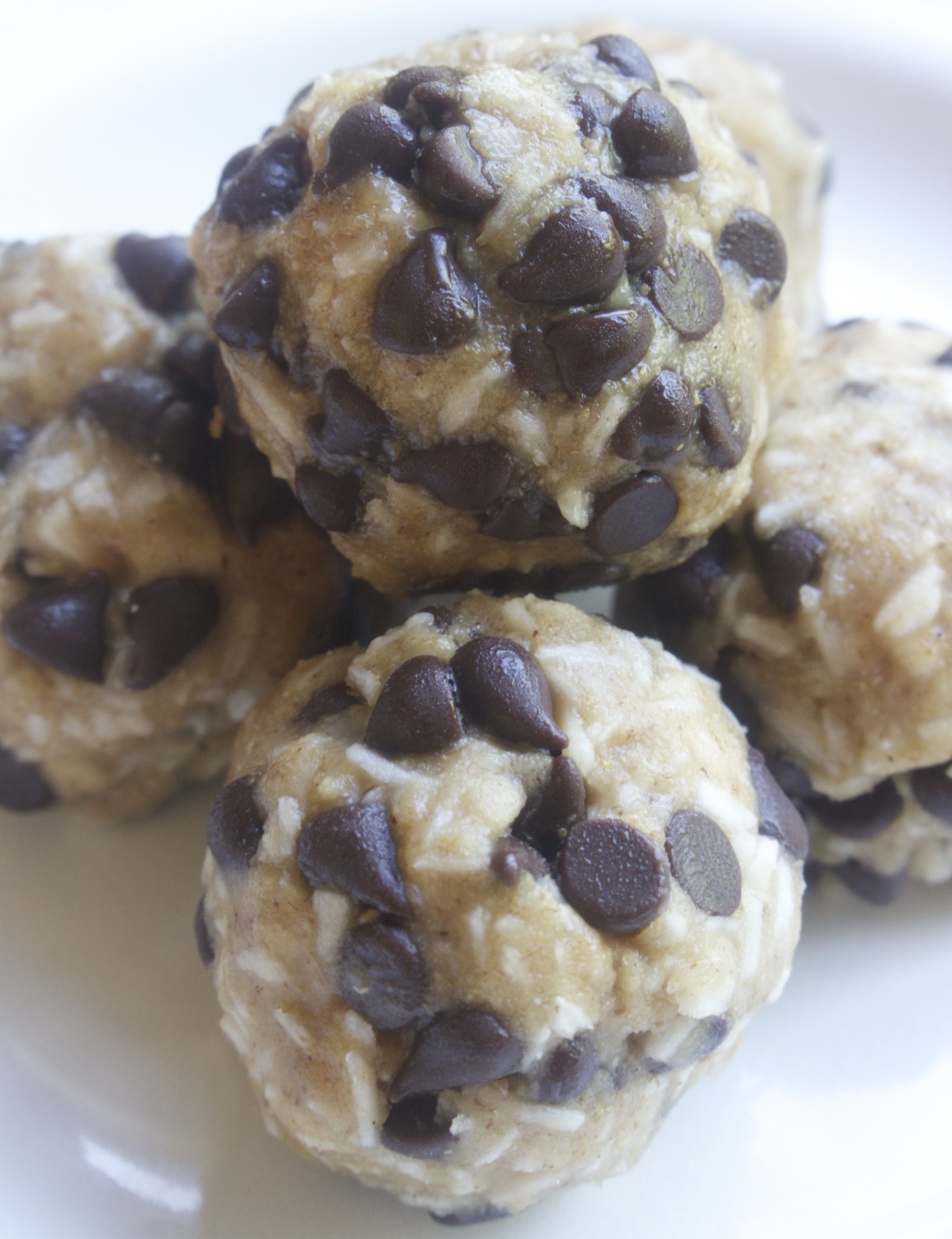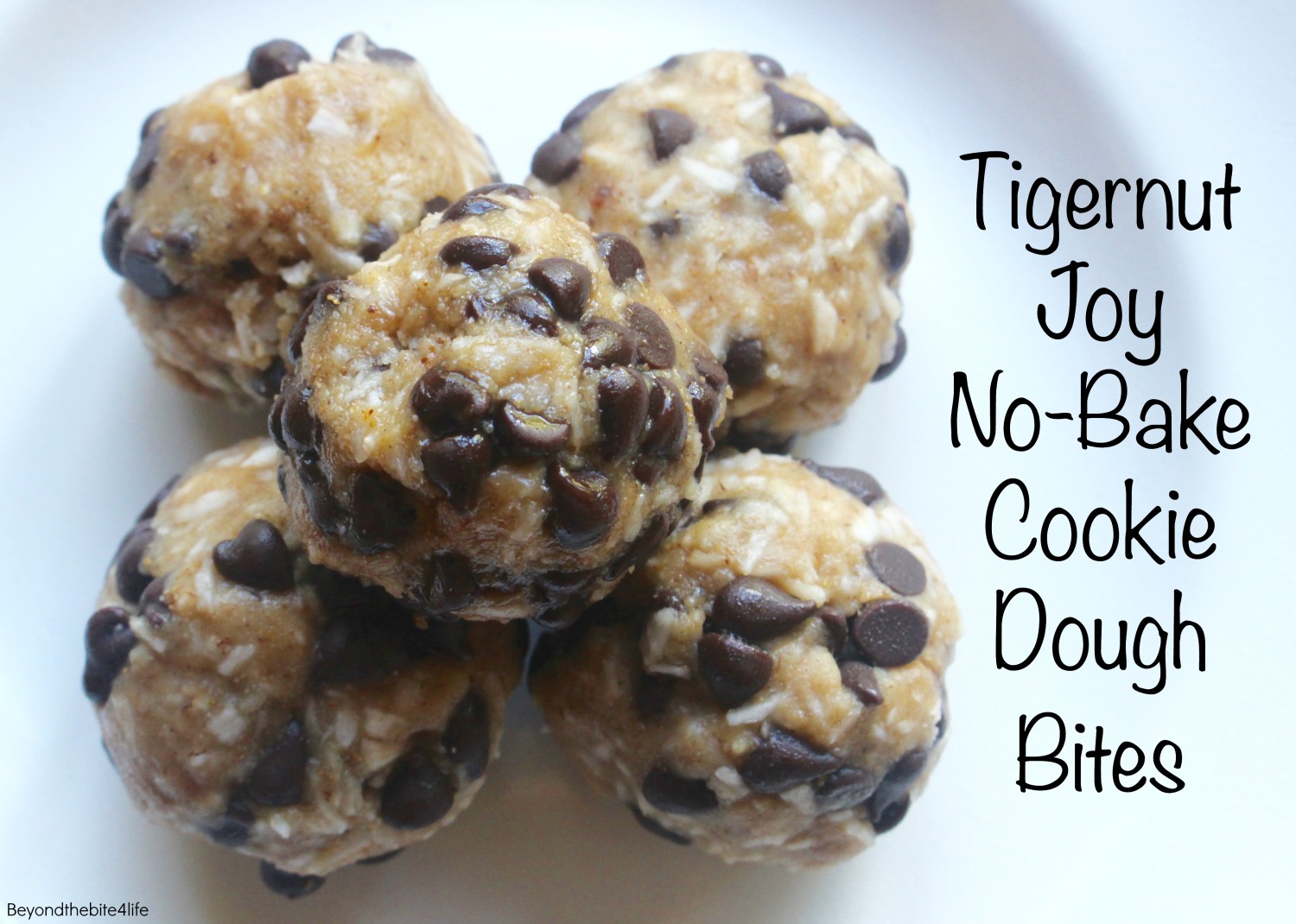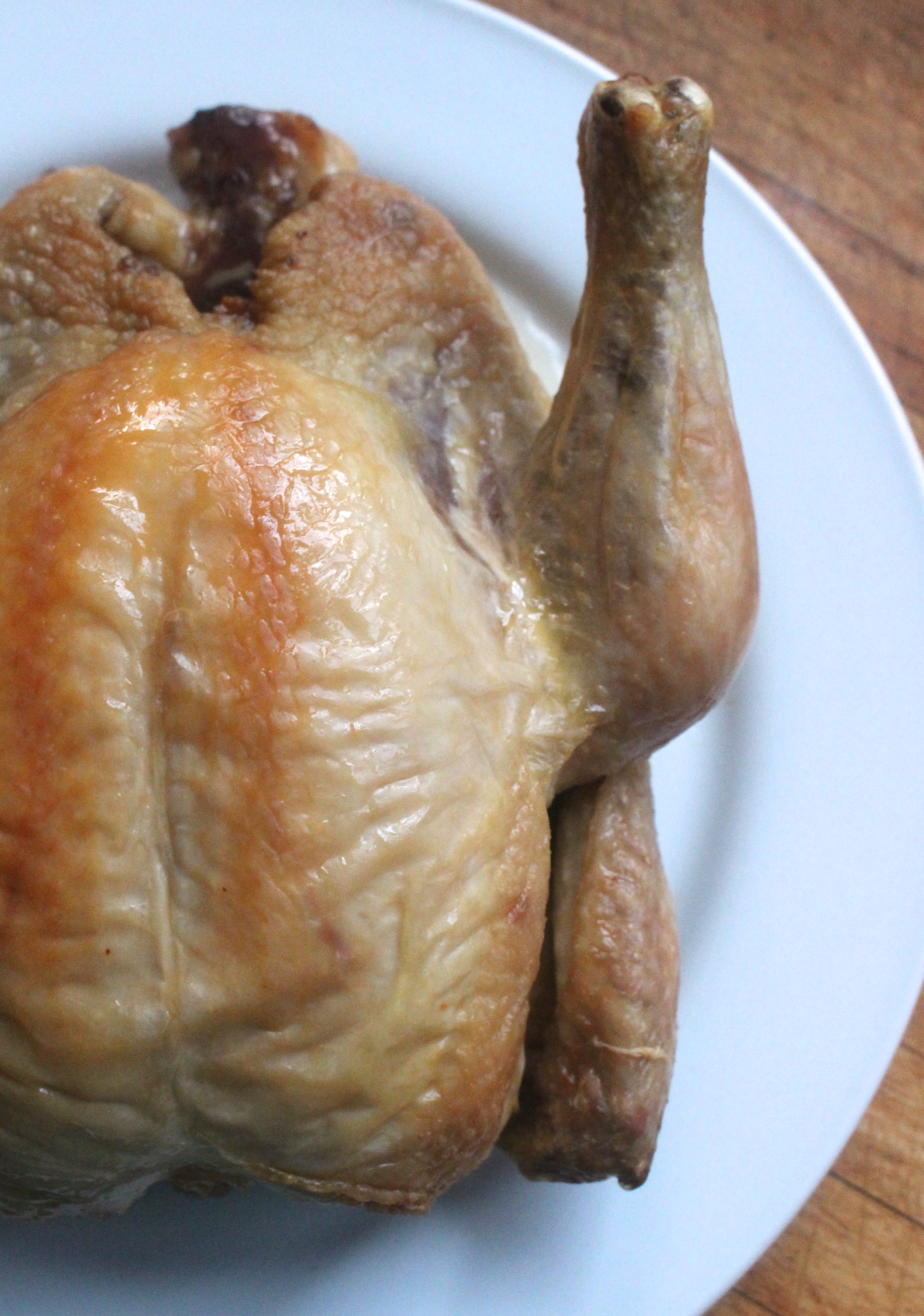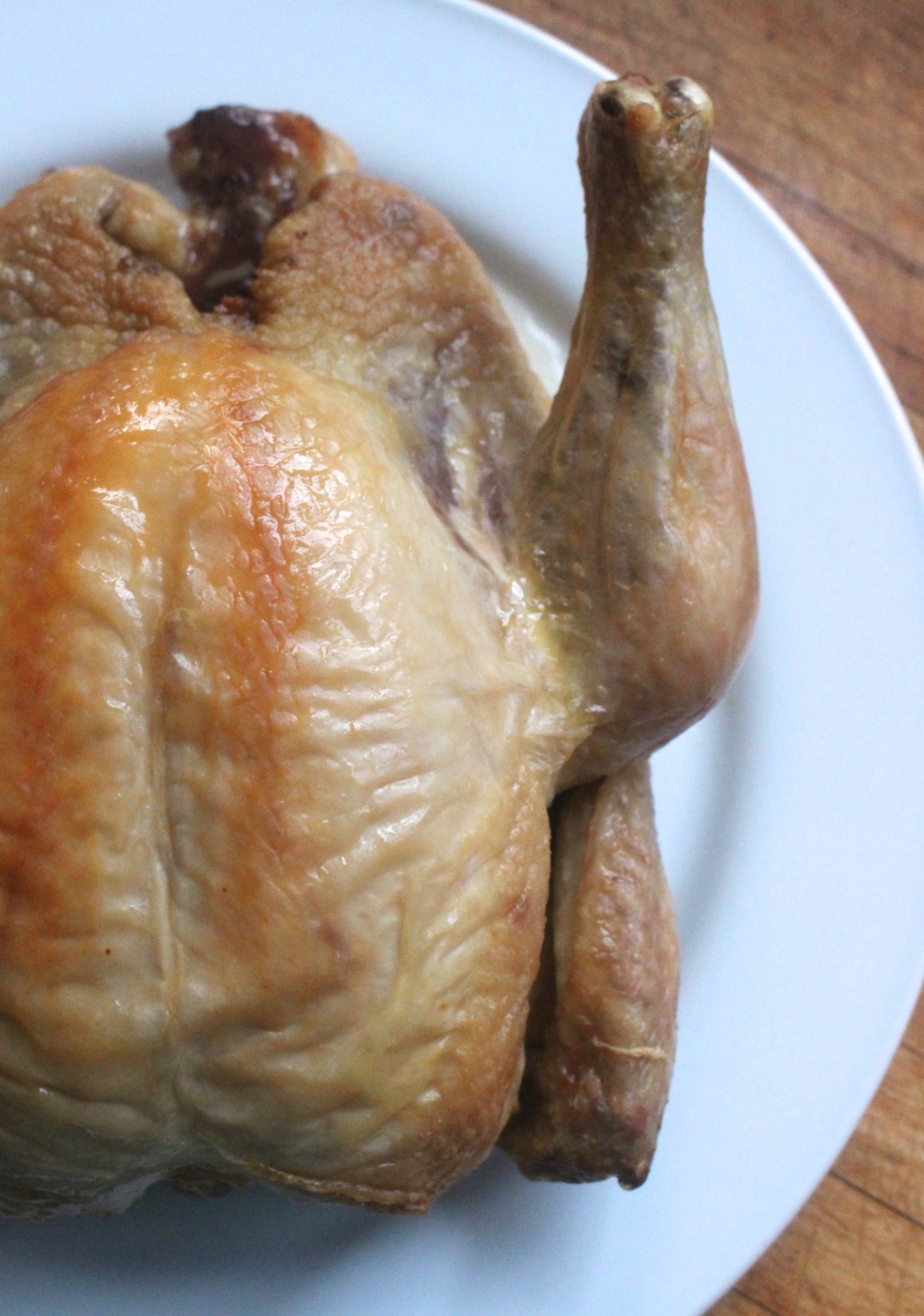 As the beginning notes of Eileen’s book say, it is a resource “dedicated to anyone whose autoimmune disease knocked them down so hard, they wondered if they would ever rise.” That phrase alone spoke to me significantly, making me eagerly read on. Your first thought may be that nothing about the Autoimmune Protocol is necessarily “easy,” however, I am here to tell you Eileen has set out to change your mind. There are over two dozen sections to the book, subjects ranging from sample menus, traveling on the AIP, how to find support, how to overcome self sabotage, trouble shoot, reintroduce foods, gently detox, along with various other sections dedicated to the how, what, and why of following AIP. Overall, the book is said to be “designed to cover all of the bases” of “living the AIP life.”
As the beginning notes of Eileen’s book say, it is a resource “dedicated to anyone whose autoimmune disease knocked them down so hard, they wondered if they would ever rise.” That phrase alone spoke to me significantly, making me eagerly read on. Your first thought may be that nothing about the Autoimmune Protocol is necessarily “easy,” however, I am here to tell you Eileen has set out to change your mind. There are over two dozen sections to the book, subjects ranging from sample menus, traveling on the AIP, how to find support, how to overcome self sabotage, trouble shoot, reintroduce foods, gently detox, along with various other sections dedicated to the how, what, and why of following AIP. Overall, the book is said to be “designed to cover all of the bases” of “living the AIP life.”
A Simple Guide
Eileen begins with sharing her personal story of dealing with rheumatoid arthritis and how AIP has helped her be able to function in life and reclaim her joy. Overall, she explains how AIP is not a fix-all for people, as remission from an autoimmune disease does not necessarily mean completely ridding one’s body of the condition. She includes stories from other individuals who have reversed the path of their autoimmune disease, including Mick from the Autoimmune Paleo, and Martine from Eat Heal Thrive. While there are 26 chapters in the book, the writing style is easy to understand and simple to read. It is not a cookbook and it doesn’t contain deep, scientific information concerning the topics discussed, however, there are various helpful grocery lists, sample menus, and even an AIP food pyramid for an easy visual of what to eat.

The basics of the AIP protocol are explained in four segments, foods to avoid, eat, reintroduce, and lifestyle choices. What food are eliminated on AIP that would otherwise be eaten on a Paleo diet? Who created the Autoimmune Protocol? Why are nightshades harmful to the body? Should stevia really be avoided? Why is meat important? What are the best resources for protein sources? All of these questions and more are answered. There is even an entire chapter dedicated to helping you feel less overwhelmed with all of the information surrounding AIP and how to turn your kitchen into an autoimmune friendly safe haven. Chapter 12 is full of frequently asked questions, where Eileen gives thorough answers to help you understand everything from how long you will need to follow AIP, when you will see results, if organ meat is truly necessary to eat, when should I stop taking medications, all about allergy testing, and more.
Everything You Need to Know… and More
Of course, it is only human to wonder “what about eating out while following AIP?” Is it impossible? Eileen gives a guide for just that, listing some of the best Paleo friendly restaurants around the world, as well as how to eat as Paleo as possible while out to eat. She then goes into detail about how to travel and still following the Autoimmune Protocol, with a list of travel-friendly foods. While AIP does have a large focus on eating the right foods, living a healing lifestyle is equally important. Activities to lower stress, create mindfulness, forgiving yourself when you mess-up, and overall connecting your mind and body are discussed. After all, we are only human, and focusing on perfectionism while on AIP can actually create more harm than good. Support is also a big part of successfully benefiting from the Autoimmune Protocol, and Eileen talks about how to deal with not being able to eat what everyone else is at social gatherings and how to accept when people on the outside aren’t as on board as you are. Sleep is another aspect of a healing lifestyle that is gone into depth that is easy to understand. You will learn all about your circadian rhythm, what it means to be truly rested, and strategies to get the most out of your sleep. Also discussed is how to properly detox, lower stress, practical ways on how to survive when your body flares, and most importantly, self-love despite these set backs. How to reintroduce foods, the top 5 mistakes you can make on AIP, and troubleshooting 101 if the protocol is not taking your body as far as you were hoping.
*Giveaway is open internationally. Those out of the U.S. will receive an e-book version, while those in the U.S. will receive a paperback version (if desired).
Overall, there are many more subjects outlined in this book that are not only helpful, but also encouraging to one on the AIP. It is certainly a resource that anyone currently following the protocol (or) debating whether they should begin AIP. Thanks to her generosity, she is allowing me to give one lucky individual to win a copy of the book for themselves! If you are AIP (or) have a friend or family member on the protocol, be sure to share the giveaway with them, as it could be a true life-saver.
2 Corinthians 5:20 “Now then, we are ambassadors for Christ, as though God were pleading through us: we implore you on Christ’s behalf, be reconciled to God.”
